Climate Vulnerability and Slow Violence in Kuwait
Image 1: A lonely lifeless tree in a public park, Jleeb Al-Shuyoukh
Kuwait is an arid country with few natural resources. Only 0.6% of Kuwait’s land is arable, the remainder is largely an asphalt-like rubble strewn desert, contaminated by oil and soot from wars and industrial pollution. The country is heavily impacted by climate change with average temperatures increasing over the last few decades and higher instances of extreme weather events like heavy dust and rainstorms. Kuwait also has one of the highest CO2 per capita emissions globally.[1] The increased land surface temperatures come with an increase in energy consumption and carbon emissions due to the rising demand for indoor cooling, creating a vicious cycle that amplifies climate change impact. Kuwait’s disjointed and ineffective political system also hinders the development of infrastructure, policies, and regulations to guard the country from ecological crisis. This climate-changed geography has harmed human health and well-being while resulting in the deterioration of infrastructures and urban landscapes.
These slowly unfolding urban and environmental crises which consist of extreme heat, air pollution, waste accumulation, and infrastructural degradation are particularly experienced by marginalised communities who have uneven access to safe, effective, and resilient infrastructure and services. Making up a little over 70% of the total population, migrant workers in the service industry, oil, construction, and industrial sectors are considered to be one of the most vulnerable groups in Kuwait. With a majority of whom are South Asian, coming from lower socio-economic backgrounds and doing physically demanding jobs, these workers often live and labour in areas which are subjected to forms of slow violence. They lack equal access to essential facilities and services such as healthcare, transportation, and legal systems, and are subjected to state-sanctioned discrimination and xenophobia.
Rob Nixon defines slow violence as a form of violence which “occurs gradually and out of sight”, and sometimes it is “not viewed as violence at all”. Environmental degradation, such as massing greenhouse gasses, accelerated loss of species due to plundered habitats, and toxic build-ups, can be seen as a key outcome of slow violence. Nixon also states that slow violence “impacts the environments -and the environmentalism- of the poor” and is highly intertwined with different forms of inequality and structural violence.[2]
The photographs of deteriorating infrastructure and environmental degradation in this essay are mainly captured in areas such as Jleeb Al-Shuyoukh, Mangaf, and Salmiya, which are predominantly populated by non-citizen workers. They expose the realities of marginalisation, classism, dependency, and exploitation. They document infrastructural failures in the form of severely damaged roads that result from flooding, unmaintained poor urban spaces, decaying surrounding environment, improper housing units, unsanitary waste accumulation, unsafe walking paths, and limited access to public transportation. The testimonies given provide a vivid unblemished expression of the urban experience of migrant workers in Kuwait. Their stories are often unheard and overlooked even though they are at the center of multiple social, economic, environmental crises and the main victims of slow violence.
Image 2: A view from a beach of polluted waters with a tanker traversing the Arab Gulf in the background, Fintas
Image 3: Food and other refuse in a public park in Salmiya neighbourhood, Salmiya
Image 4: Labourers keeping out of the heat behind a barbed wire barricade, Jleeb Al-Shuyoukh
This visual essay illustrates migrants’ experiences of slow violence while accounting for the deterioration of Kuwait's infrastructure and ecosystems, and how the status and vulnerability of these migrant workers make them victims of a bleak, escapable dystopian reality.
These experiences highlight the challenges and tribulations that these victims face daily in silence, distant from the rest of society. Due to the relative invisibility of the slow violence, we felt it is incredibly important to amplify the voices of those affected, and to share their stories through this medium of visuals and testimonies. To capture struggle and deprivation through a lens would be difficult, but the setting of urban decay and anarchy in Kuwait allowed us to provide a glimpse into how slow violence grinds down vulnerable populations.
Testimonies
Image 5: Trying to stay cool while shopping, Friday Market, Alrai
Testimony A
“Going outside is like landing on a different planet. The harsh conditions, toxic climate, increasingly beating wind. It’s like being on Mars. When I see the city, it reminds me of crumbling stale bread or rotting meat. It feels like the whole place is grinding against you, pounding, pushing, and squeezing you towards its demise and your own demise. Sometimes I feel like I’m in a bubble that is ready to pop.” - J, Ugandan, 35, Delivery Driver, Male
Time in Kuwait: 4 years
Motorcycle delivery drivers in Kuwait often drive for hours, with few legal protections from employers who push them to work in extreme weather conditions such as high temperatures and storm events. Drivers must often wear heavy clothing to avoid serious skin damage, and often consume nothing but water during 15-hour shifts. Damage to their physical and mental health is significant, and there is little recourse for treatment or a different lifestyle. While the salary is much better than other menial jobs, it comes at a high health cost.
Image 6: Taking cover in the heat downtown, Alasimah
Image 7: Walking home from work in 51C, Jleeb Al-Shuyoukh
Testimony B
“I always feel as if looking is violence against my eyes. I squint to avoid dust and pollution in the air, but also simply because my mind doesn’t like what it see. I hide like a rat to get away from this, always inside. It’s like living in a city during a nuclear winter”. - R, Filipino, 28, Salon Worker, Female
Time in Kuwait: 3 Years
Migrant workers often live in areas that are in close proximity to industrial zones where toxins and pollutants are potentially seeping into the air causing pollution and discomfort. There are virtually no environmental regulations or oversight over these migrant housing areas, such as Jleeb Al-Shuyoukh or Mahboula, which have illegally built-up poorly constructed tenements and makeshift “chincos” (small corrugated steel sheet dwellings). More often than not, migrants live on their work sites to avoid paying rents they can ill afford.
Image 8: Open air market, Jleeb Al-Shuyoukh
Image 9: Slum housing, Jleeb Al-Shuyoukh
Image 10: Driver’s section of a burnt out bus, Jleeb Al-Shuyoukh
Image 11: Dying palm tree, Jleeb Al-Shuyoukh
Image 12: Passenger’s section of a burnt out bus, Jleeb Al-Shuyoukh
Image 13: Slum Alleyway, Jleeb Al-Shuyoukh
Image 14: Abandoned building, Jleeb Al-Shuyoukh
Testimony C
“There is a contradiction between the wealth that the place provides and the death that it creates. Everything feels like an old haunted movie. Sometimes I feel like I can't breathe with the way the whole place is, and then I realize that I actually can't breathe and that the nightmare is real.” - A, Nepali, 43, Safety Technician, Male
Time in Kuwait: 18 years
There is a disturbing relationship between wealth and exploitation. The constant demand for labour and the comforts provided from the fruits of this labour comes at an inhumane cost. While wealthy citizens and residents live in hermetically sealed homes and apartments, just meters away are those who have none of these amenities and comforts.
Testimony D
“No air, feels like living in space.” - M, Filipino, 25, Maid/Nanny, Female
Time in Kuwait: 6 years
Image 15: Discarded license plate, Sharq
Image 16: Kidney donation sign. It is illegal to advertise for organ donations, although it is very common in Kuwait, Jleeb Al-Shuyoukh
Image 17: Graffiti and chair art. Despite many migrant areas being neglected, there are attempts to beautify the area by residents, Jleeb Al-Shuyoukh
Image 18: One of countless broken windows in neglected areas, Jleeb Al-Shuyoukh
Image 19: Abandoned television on the side of a street, Salmiya
Kuwait has very high rates of air pollution. Respiratory illnesses and asthma are endemic to the country’s population. Migrant workers usually live in cramped, poorly ventilated conditions. For the tens of thousands of illegal migrants suffering from health conditions, there is no access to healthcare for the toxin and sand filled air they breathe.
Testimony E
“Back home the rain brings good things, but in Kuwait it feels like a harbinger of death. The water has nowhere to grow and nothing to feed. No love and no life, a heartless place. The water seems and feels out of place, useless with no real purpose other than to damage the badly made streets and buildings. It almost feels like a punishment more than a blessing.” - R, Sri Lanka, 44, Translator, Female
Time in Kuwait: 17 years
In areas where infrastructure is under-developed and under maintained, flooding is a common occurrence in the winter months. In the aftermath of rainstorms, broken sidewalks and shattered pavement are the most common sight on Kuwaiti roads. Millions of sandbags, used to build flood walls, litter the main thoroughfares, backstreets and sides of buildings as if part of a failed defense against a relentless invader.
Image 20: Mid-day stroll in 52C, Mangaf
Image 21: Sewage filled streets, Jleeb Al-Shuyoukh
Testimony F
“In the summer I enter a particular type of hell. In the factory the air conditioner and ventilation doesn’t work properly.” - P, Indian, 34, Factory Worker, Male
Time in Kuwait: 5 years
Migrants who work in industrial areas often labour in substandard work environments. Labour laws in Kuwait notoriously disadvantage migrant workers from claiming their most basic rights, including changing jobs, driving a vehicle, or living with their families. These policies force them to live and work in places that reduce their quality of life.
Image 22: Workers accommodation, Al Rai
Testimony G
“No bird, no insects, no worms, no life.”- H, Ghana, 34, Warehouse Worker, Male
Time in Kuwait: 2 years
Ecosystems in Kuwait have been heavily damaged by climate change while the local population has been deprived of the ability or right to interact with nature. A healthy ecosystem is a thing of the past. Native flora and fauna are often only identifiable through school textbooks, museums, and collective memory.
Image 23: Dead tree, Sharq
Testimony H
“There is disrespect and racism by nationals. Politics in Kuwait are oppressive with disdain for foreigners or difference. For us there are no rights, no freedoms. It feels like even the weather is against us now.” – A, Egypt, 44, Clerk, Male
Time in Kuwait: 30 years
Increasing racism against foreigners, but particularly against migrant workers from Egypt and Southeast Asia, has made living in such a harsh environment more challenging. The climate crisis is compounded by socio-political crisis.
Image 24: Shopping in Friday Market, a primary destination for low-income migrant workers, Alrai
Testimony I
“I desperately need to be in Kuwait to support my family, but I just can’t take it anymore. I am out on the road for 12 hours a day, driving around waiting for deliveries. The sun in July was so bad that I was getting sunburned even through the tiniest crack in my clothes or helmet visor.” - G, Indian, 31, Delivery Driver, Male
Time in Kuwait: 6 years
Most migrant workers come to Kuwait to make and send money to families back in their countries of origin. Families often sell homes and other valuable belongings to facilitate migration to Kuwait. The currency exchange rate of the Kuwaiti dinar makes for a tempting offer for those coming from countries with more precarious economies. Yet many realize too late that the money is not worth the cost to their health and wellbeing.
Image 25: Waiting for a customer at an autoshop, Salmiya
Image 26: Shopping in the heat, Friday Market, Alrai
Image 27: Waiting for a customer in 51C, Friday Market, Alrai
Testimony J
“The clinic fills up with people during the hot months complaining of headaches, shortness of breath, and aches and pains. People are looking for a cause to these pains when it's simply the weather outside. It’s unbearable.” - E, Filipino, 31, Nurse, Female
Time in Kuwait: 3 years
Migrants’ health burdens due to climate crisis and economic precarity are exacerbated by a healthcare system without the capacity to handle the current patient load. Most migrant workers are turned away and advised to procure painkillers, cough syrup and other drugs over the counter to self-medicate. This not only fails to address the problem, it often reproduces healthcare burdens overtime.
Image 28: Working on a villa roof in 50C. Construction labourers rarely wear protective equipment while working in dangerous conditions and extreme temperatures. Workplace accidents are frequent, Salmiya
Image 29: Workers labouring in 50C heat to install parking shades, Hawalli
Image 30: Friday Market offers a diverse urban shopping experience, despite poor public transportation access and a lack of amenities to deal with increasing temperatures, Alrai
Testimony K
“Millions of birds come to Kuwait each year. They struggle, drinking water from stagnant pools surrounded by broken concrete and chipped bricks. They stagger around, like they are drunk. Date palms and mangrove struggle to hang on to life and oil, withering in groups, most often defeated after a long battle with thirst. I watch them die and wonder if I am next.” - RJ, Indian, 48, Engineer, Male
Time in Kuwait: 6 years
The degradation of the environment has impacted the few species that live and migrate to Kuwait in ways that will not only impact the Gulf, but also the wider region. Without migration sanctuaries to support transcontinental flights, birds are trapped in Kuwait, much like the undocumented migrants.
Image 31: Malnourished dog hiding from the heat. The carcasses of dead animals, birds, and other insects are a common sight during the summer months, Jleeb Al-Shuyoukh
Image 32: Derelict boat in an abandoned garden, Salmiya
Image 33: Waiting for the bus in 50C, Hawalli
Image 34: Pondering life, Alrai
The climate crisis will cast a shadow over Kuwait’s man-made urban mayhem, ecological and infrastructural degradation, and its complex sociopolitical scene. Its most vulnerable communities are victims of slow violence that affects their housing, transportation, development, health, and quality of life. If no policies and structural changes are made to rectify the current situation, this violence will continue to create unhealthy urban spaces and harm the lives of many.
Notes
[1] “CO2 emissions (metric tons per capita) - Kuwait”, The World Bank, accessed April 26, 2023, https://data.worldbank.org/indicator/EN.ATM.CO2E.PC?locations=KW.
[2] Rob Nixon, Slow Violence and the Environmentalism of the Poor (Cambridge, Mass.; London: Harvard University Press, 2011), 2-44.
Bios
Geoffrey Martin is a Ph.D. candidate in Political Science at the University of Toronto, entrepreneur and economic analyst in Kuwait. His focus is on political economy, food logistics, and labor law in Kuwait and the wider GCC. He is the founder of Kuwait Aid Network, a non-profit that focuses on supporting migrant workers in Kuwait. He tweets @bartybartin.
Mariam AlSaad is a LEED-certified Civil and Structural Engineer at the Design Department of the Kuwaiti Ministry of Public Works. Mariam has a Master of Science in Sustainable Cities. She does research on sustainability in the built environment, climate and social issues, and the relationship between urban design and people. She is the founder of AlManakh, a non-profit that aims to raise awareness regarding climate change impacts and sustainability in Kuwait. She tweets @mariam__alsaad.
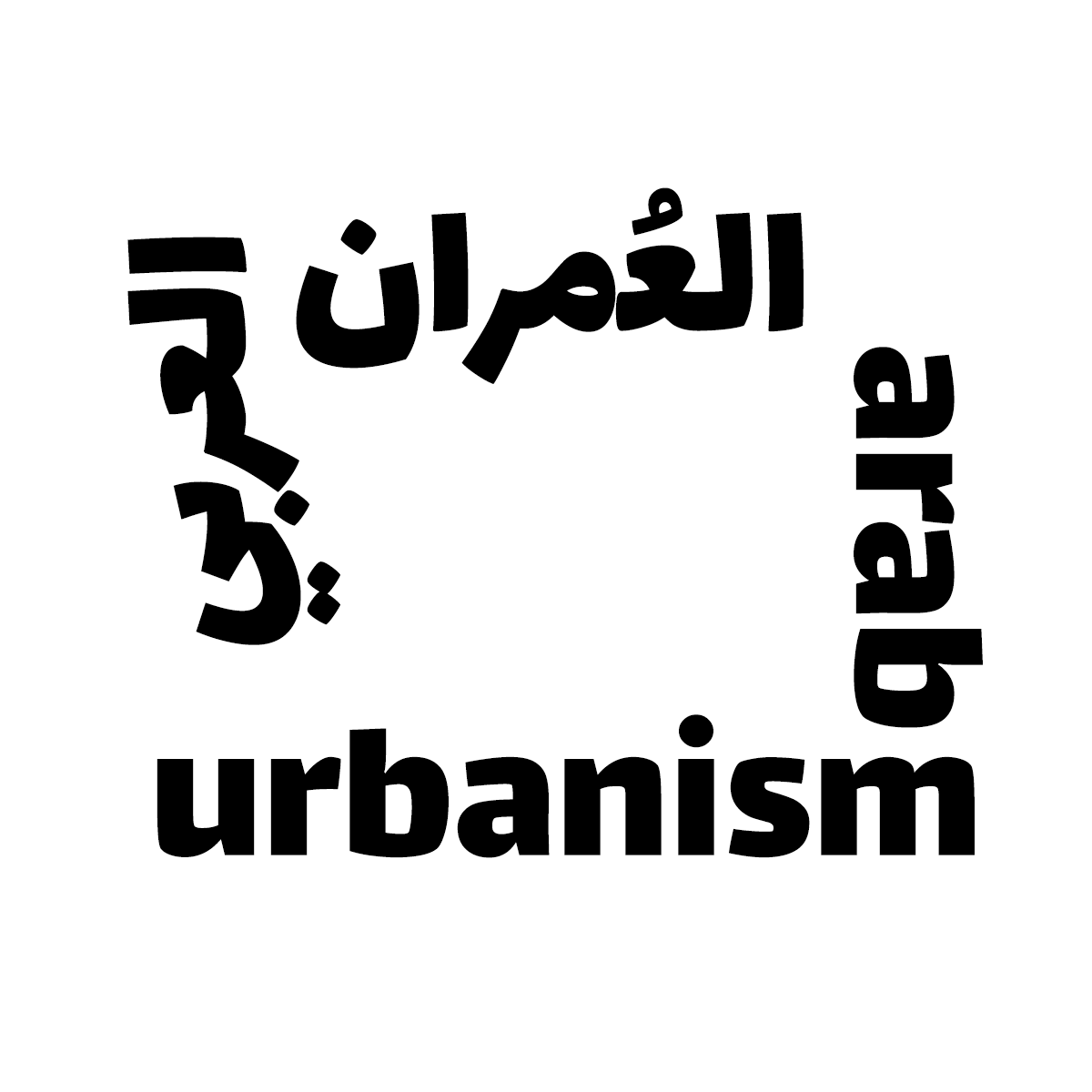
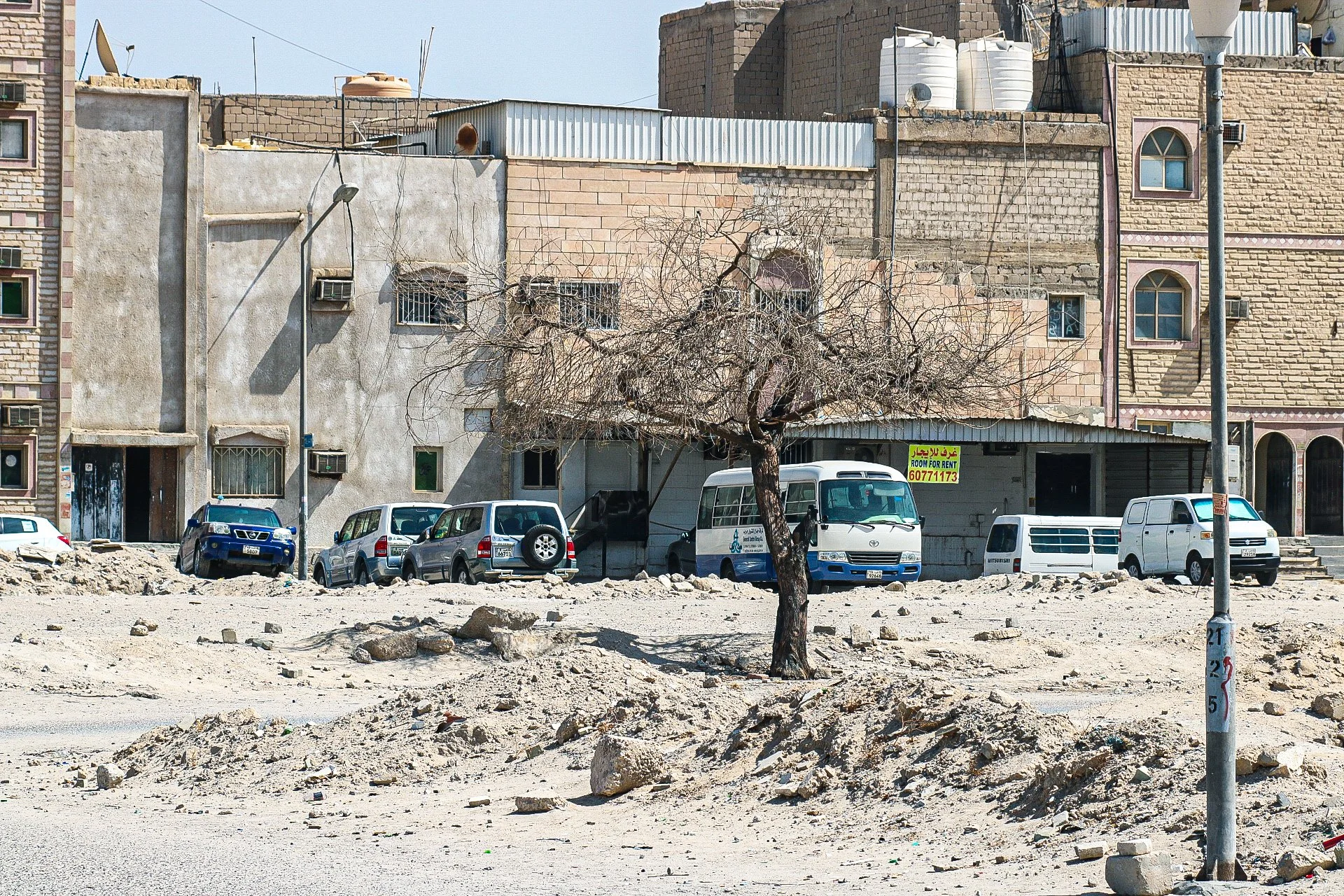
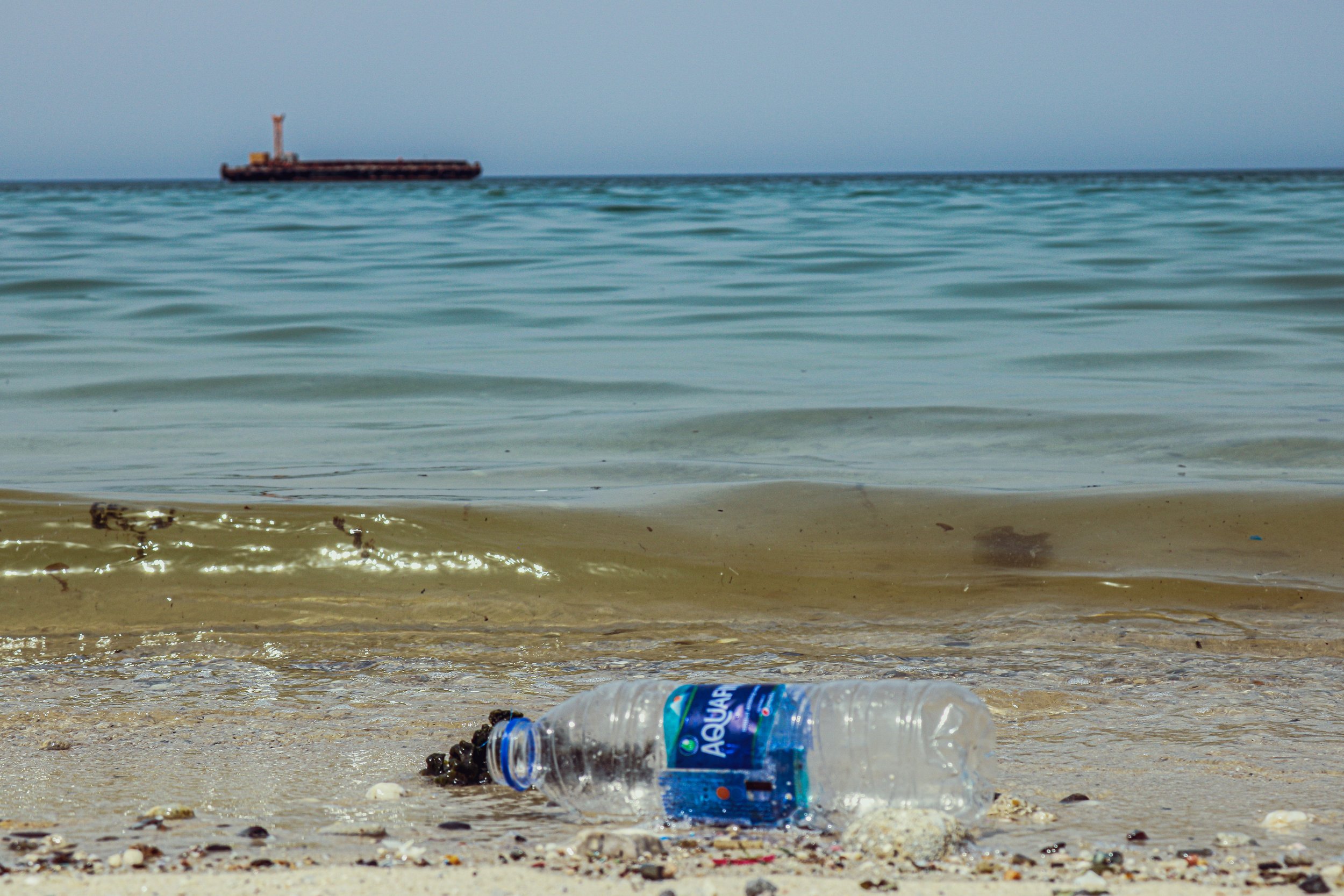
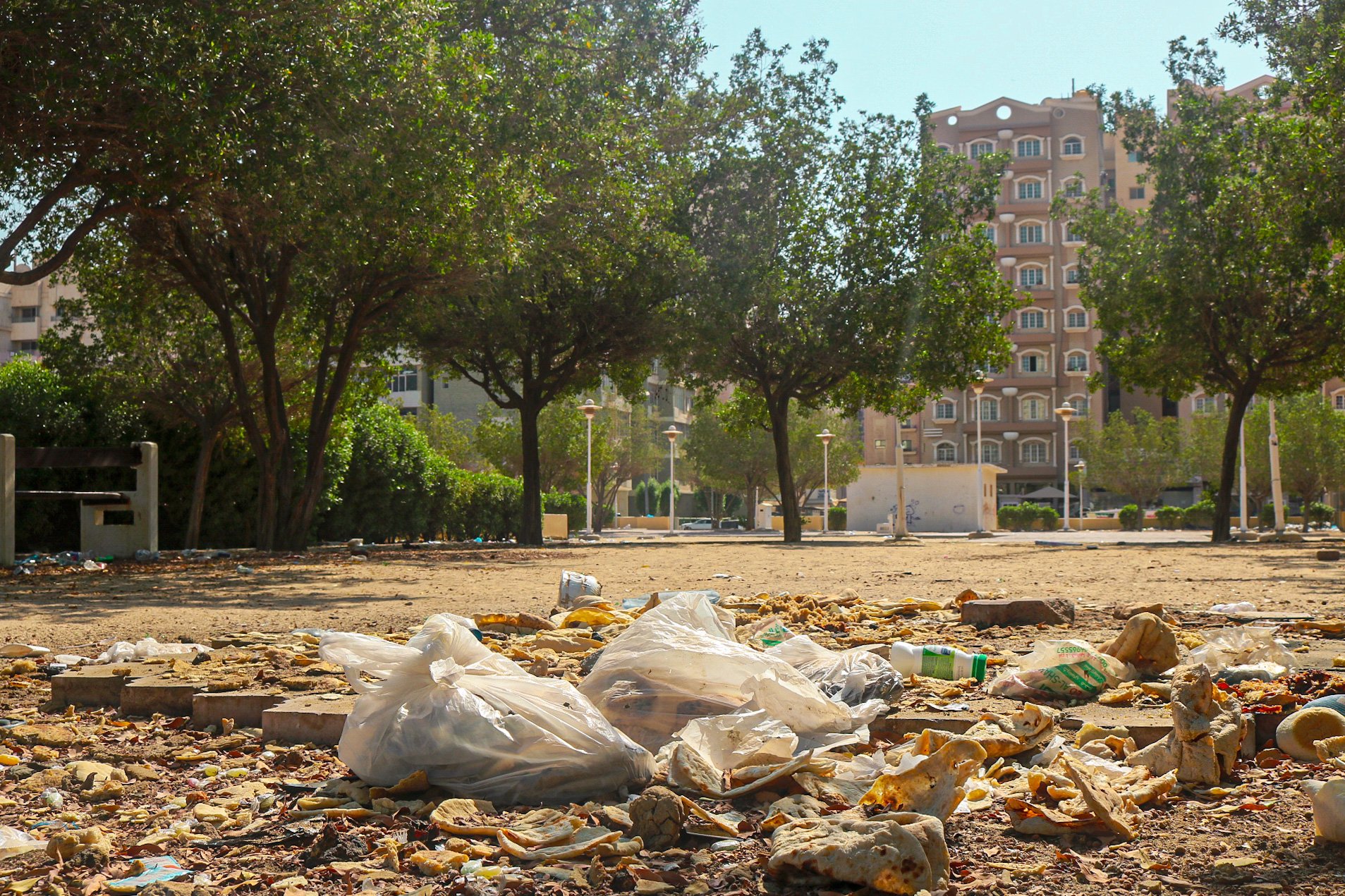
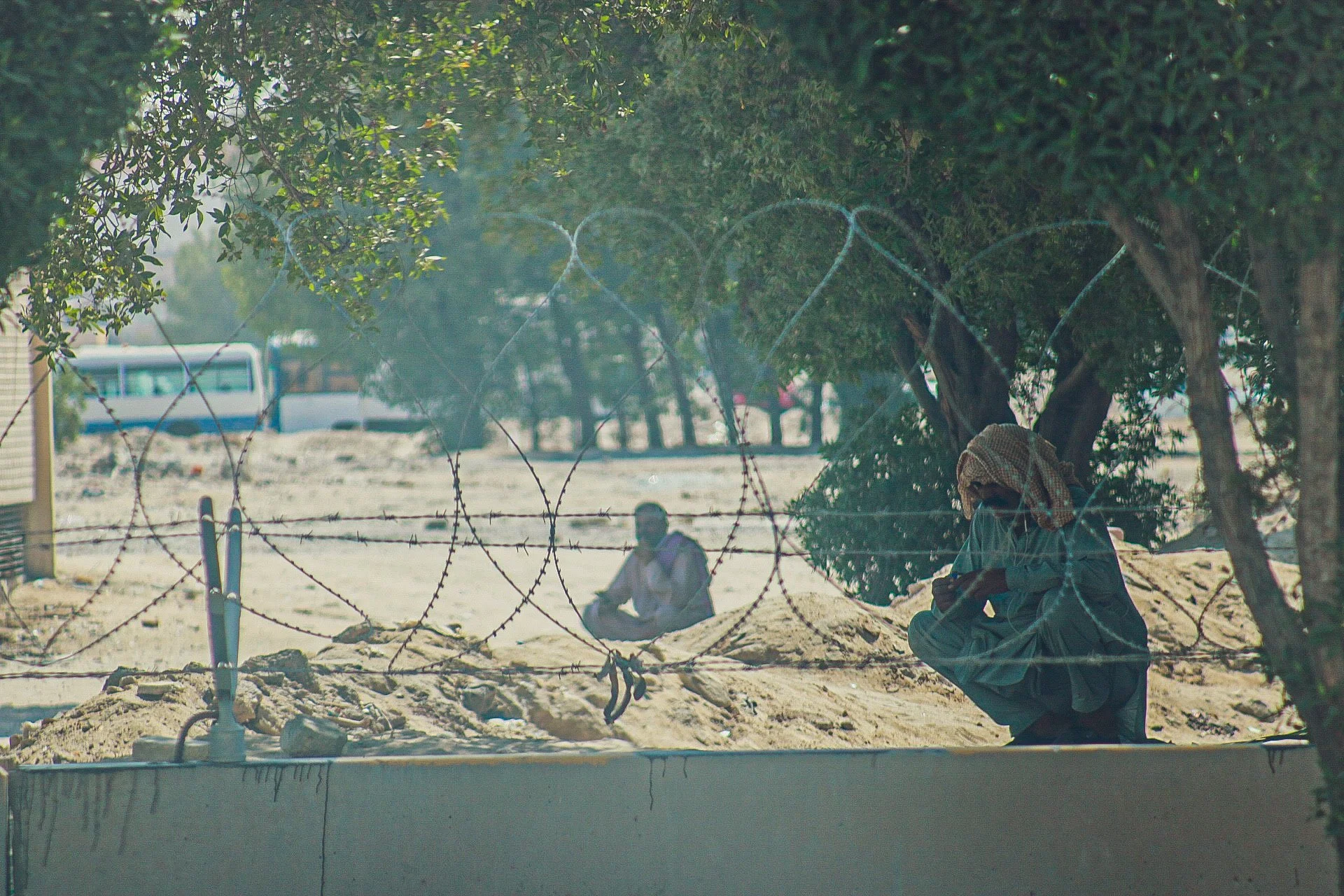
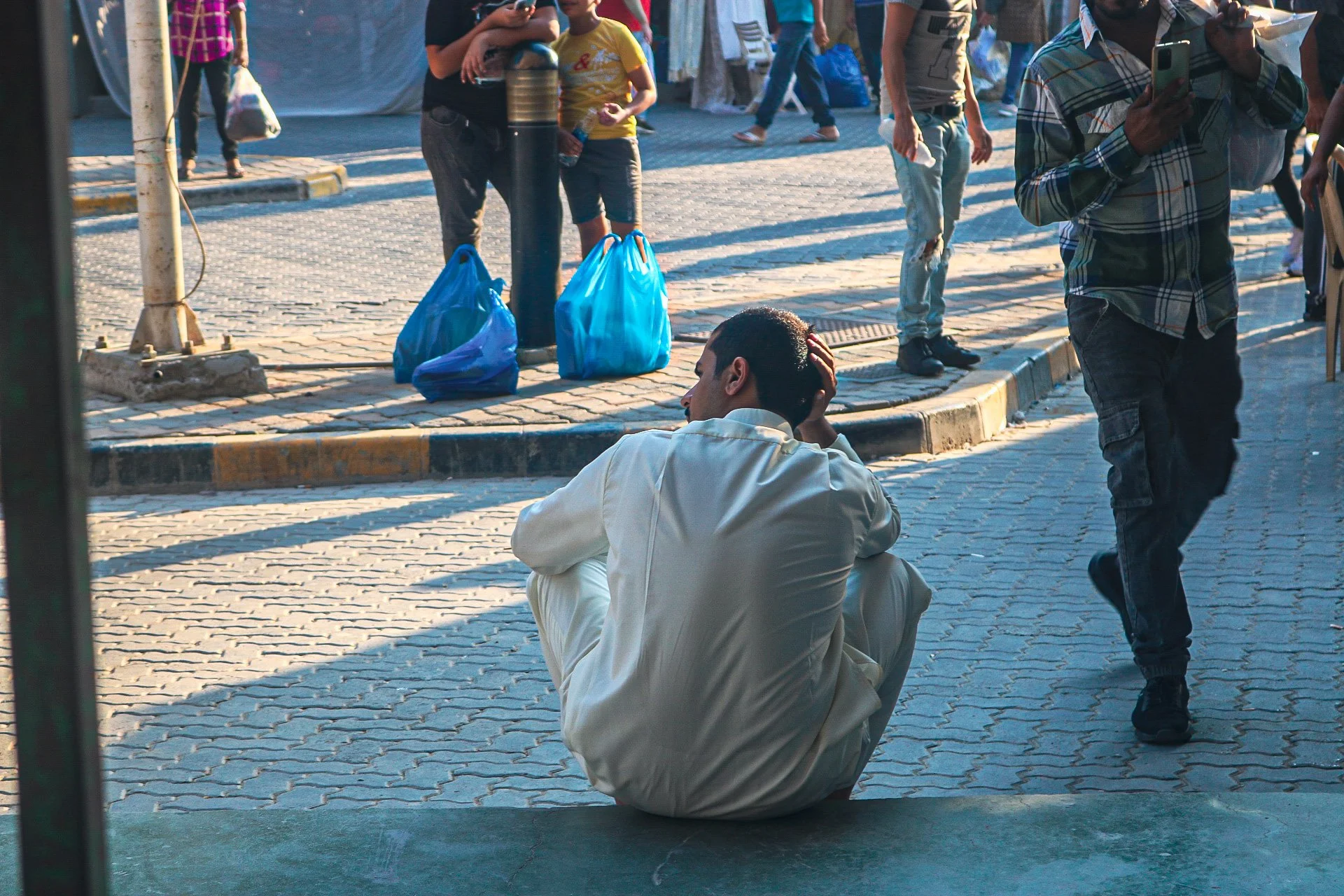
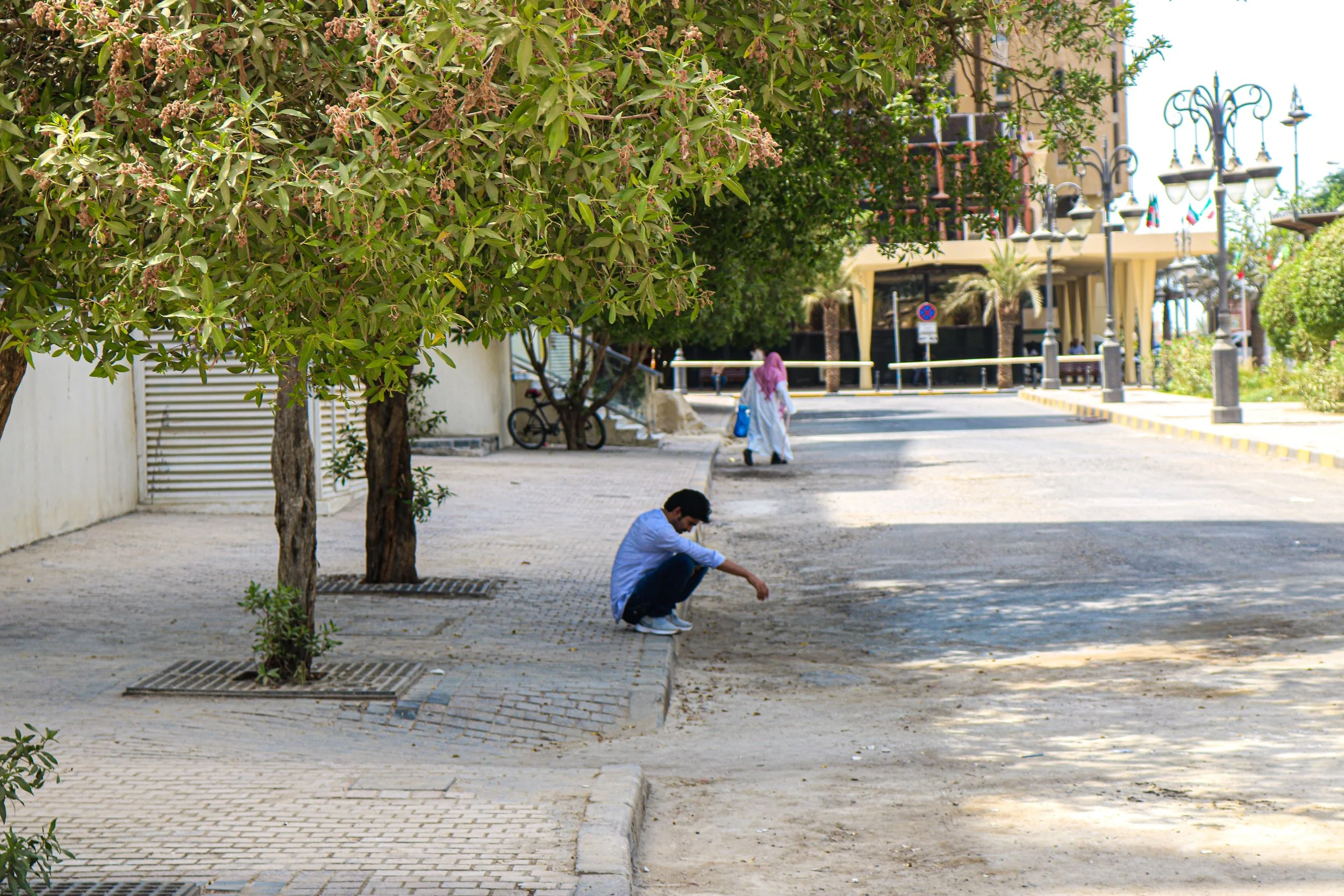
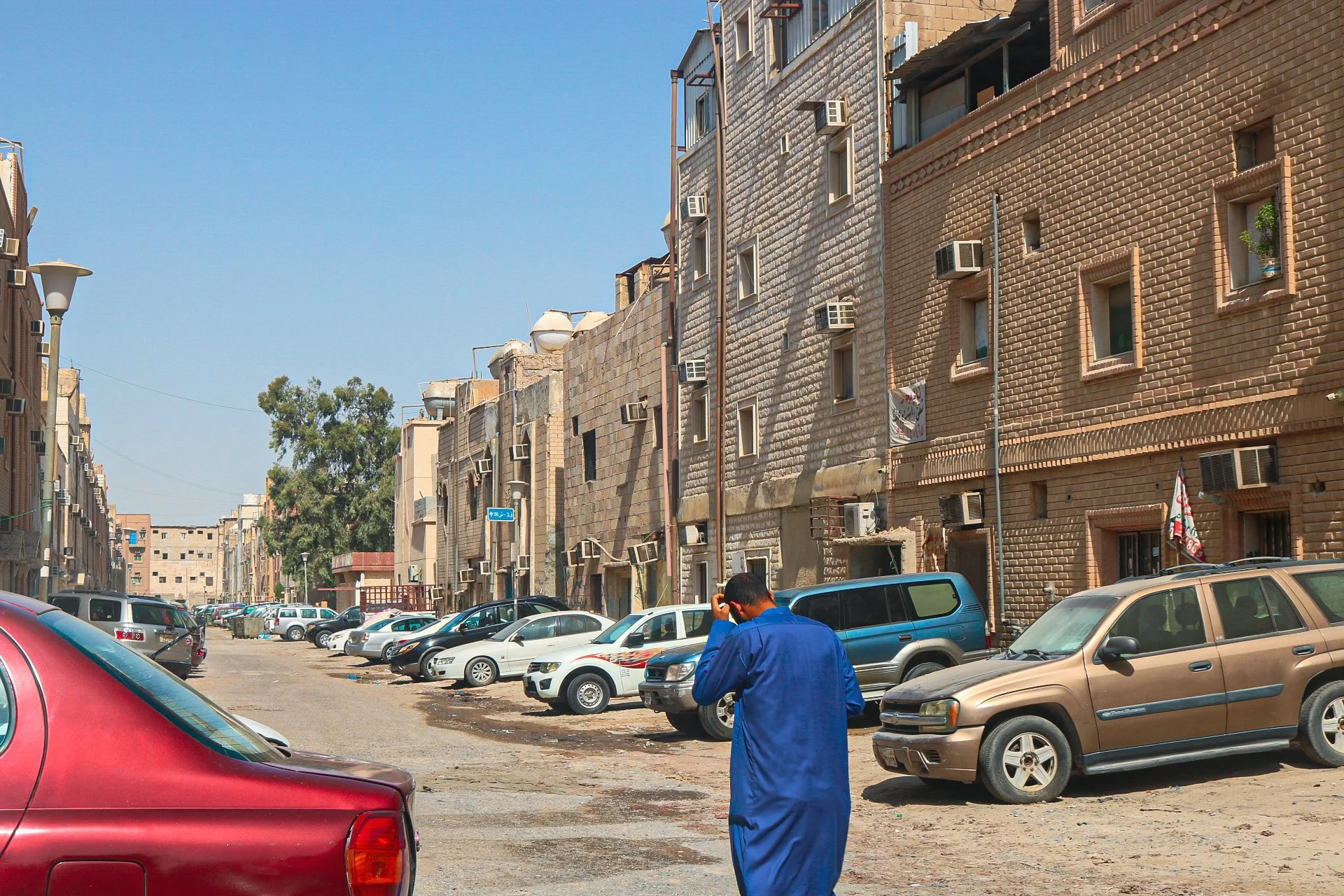
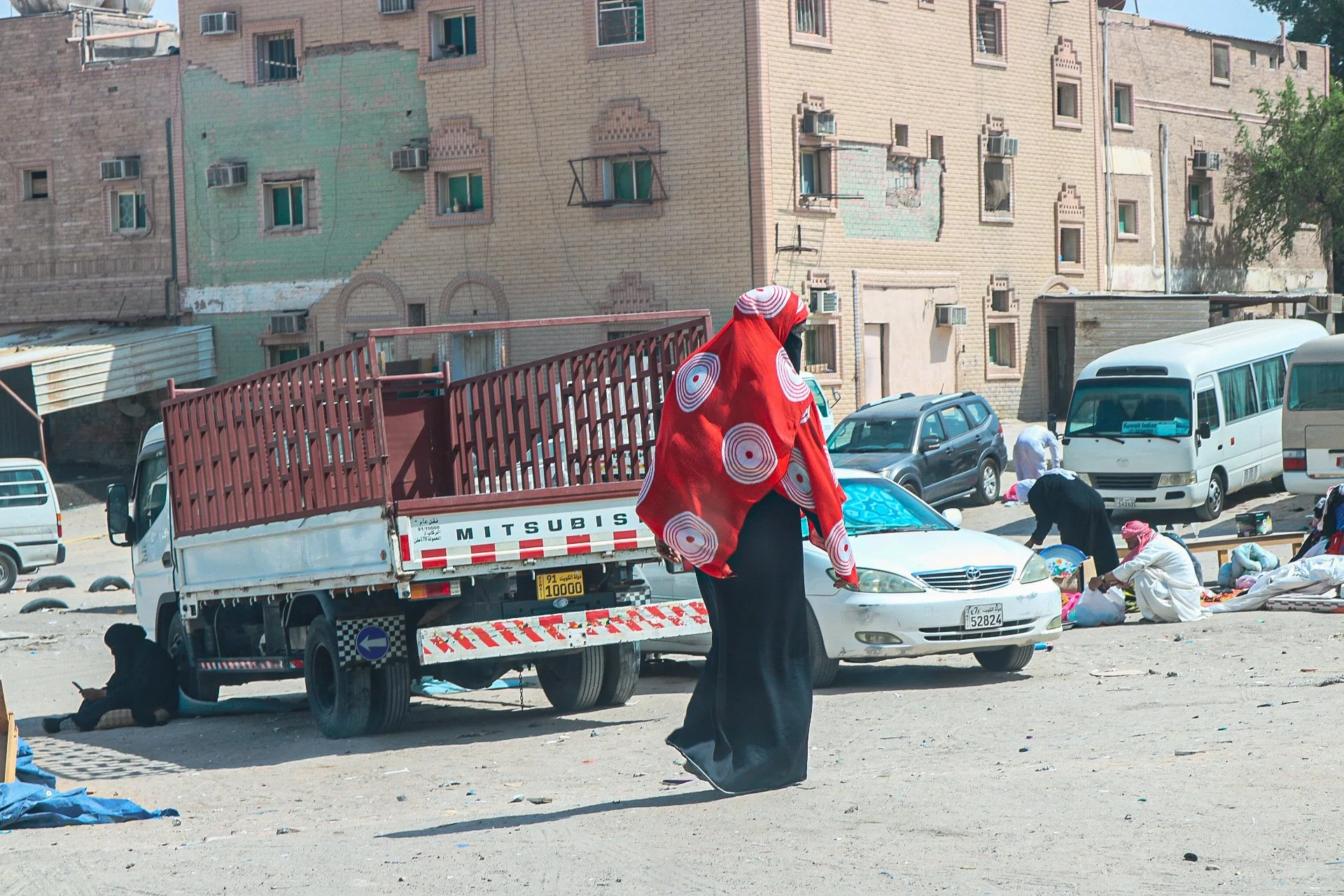
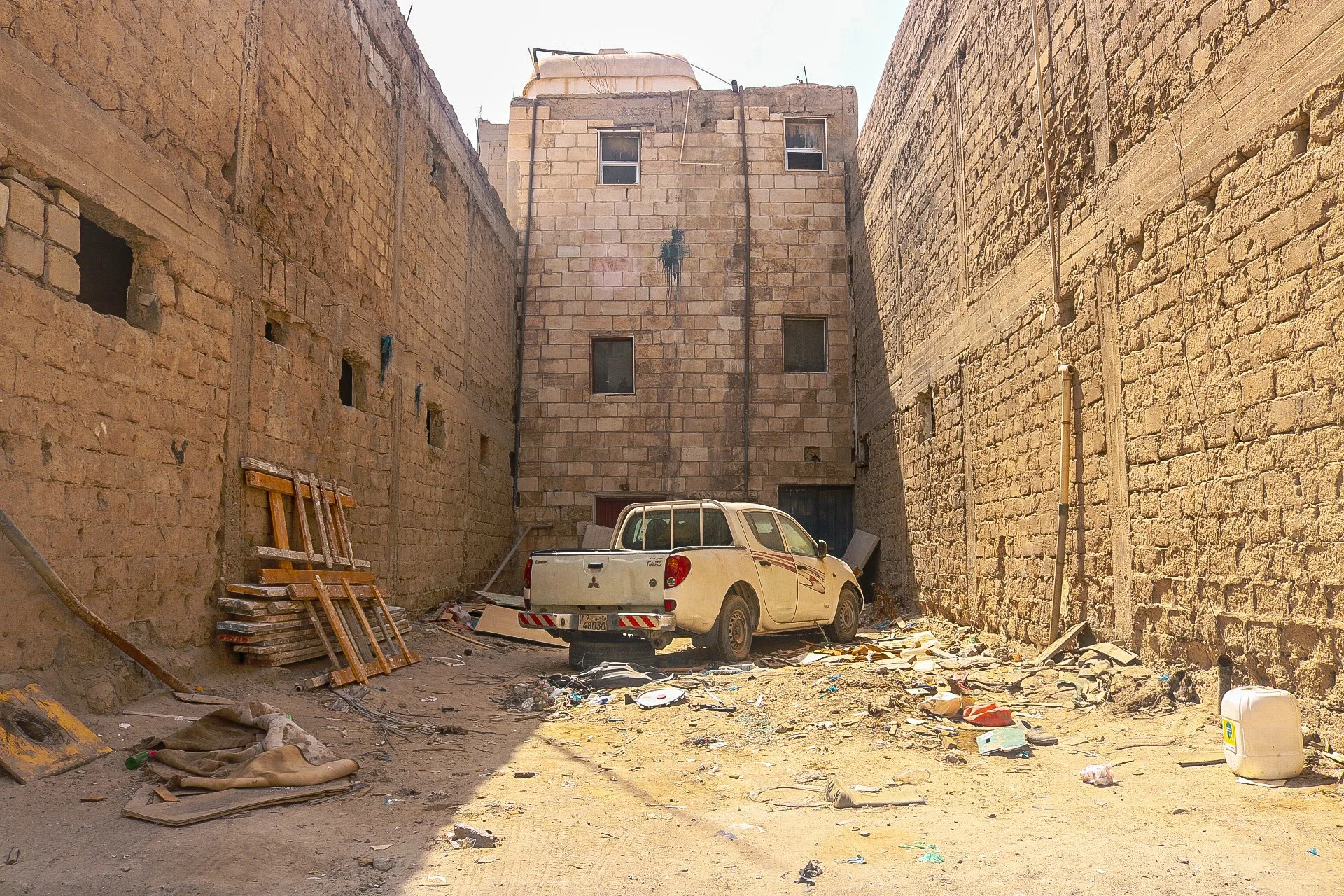

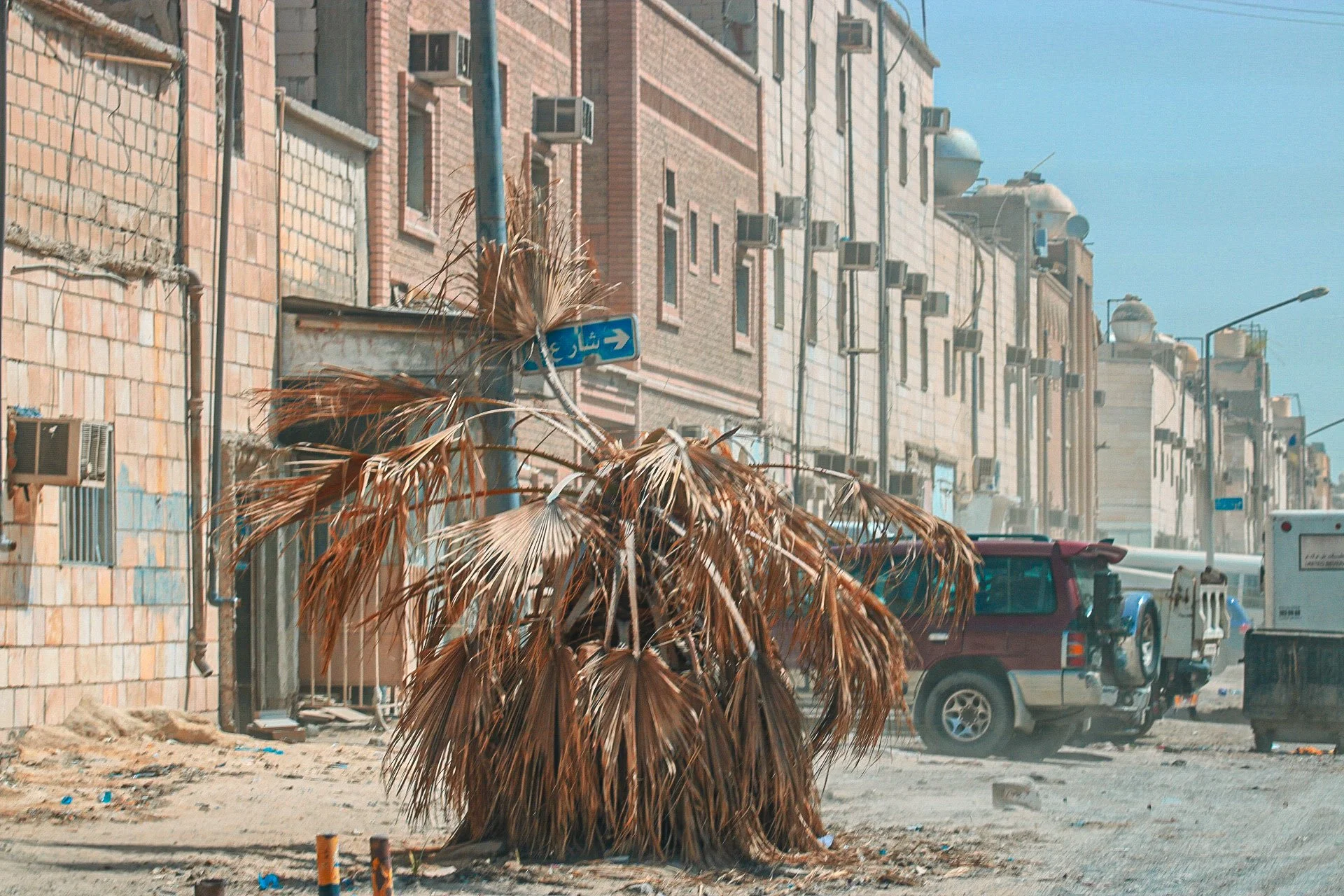
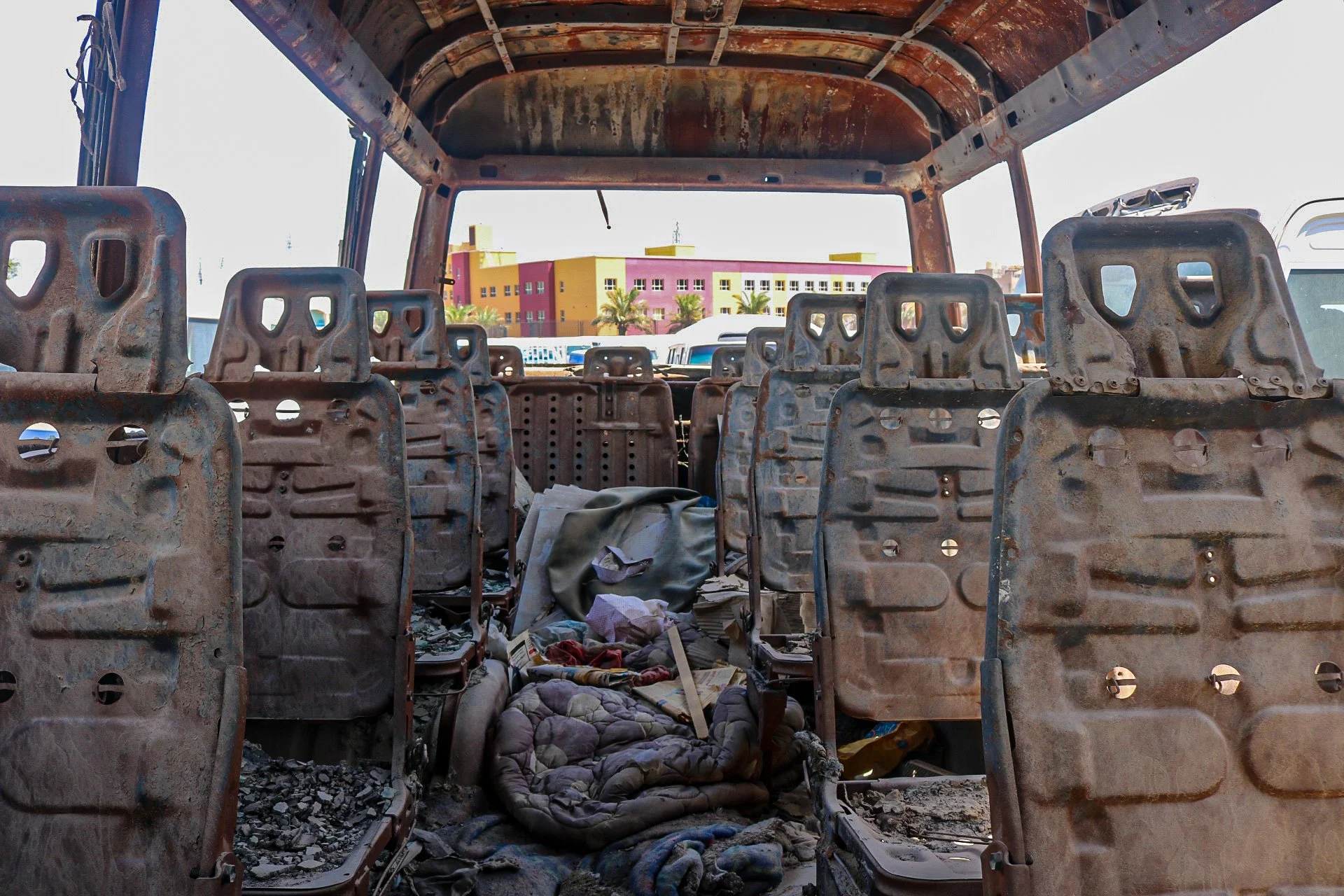
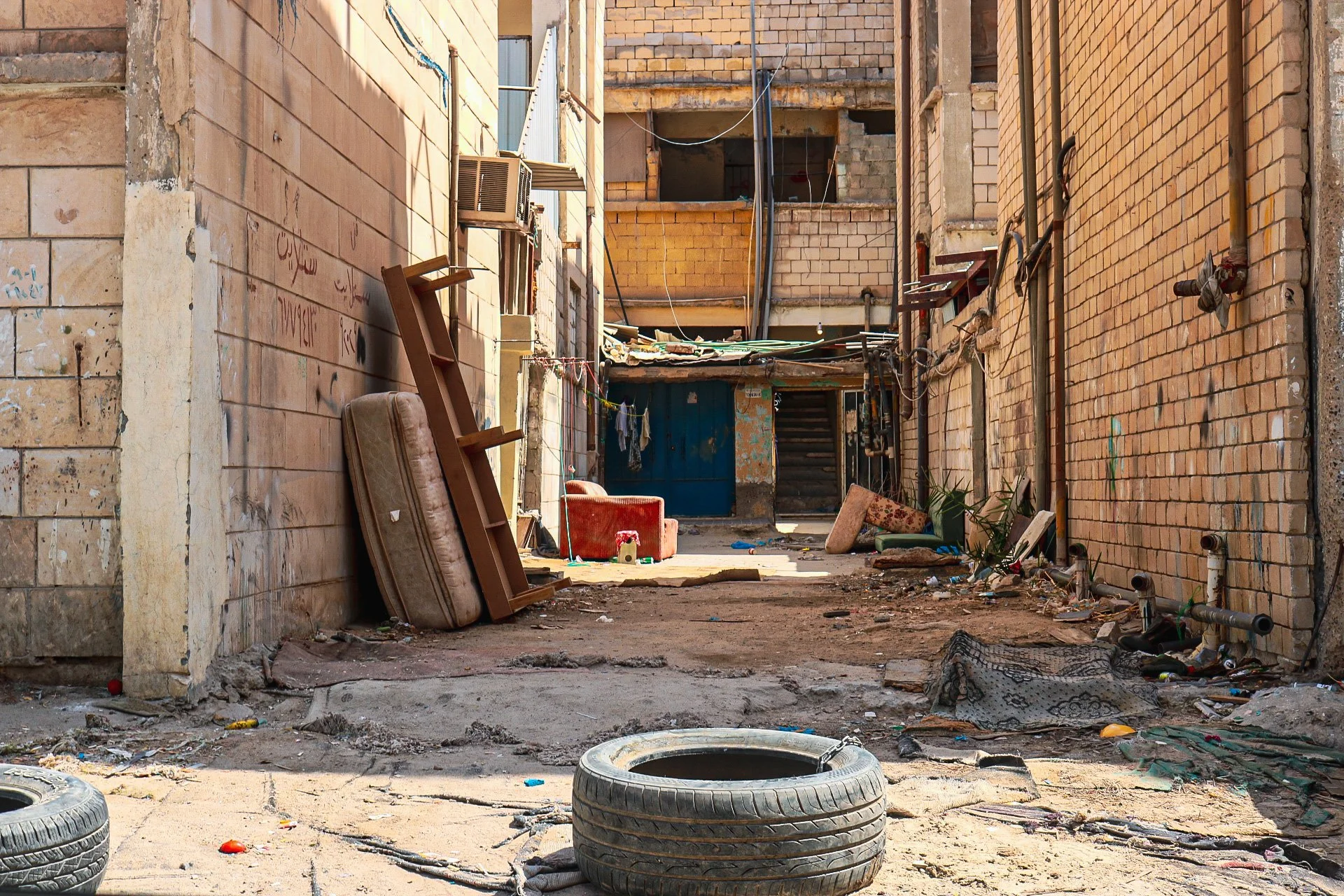
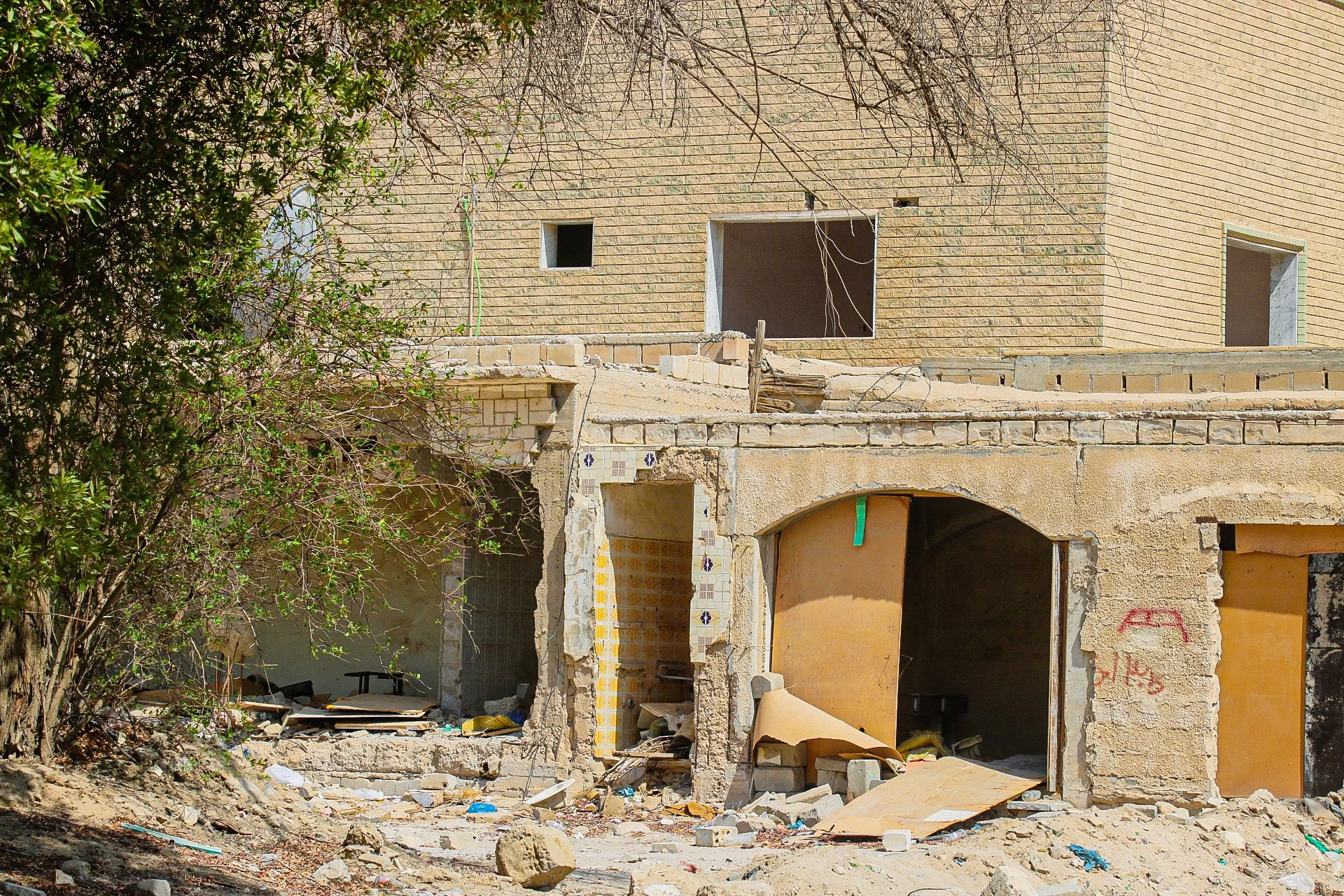
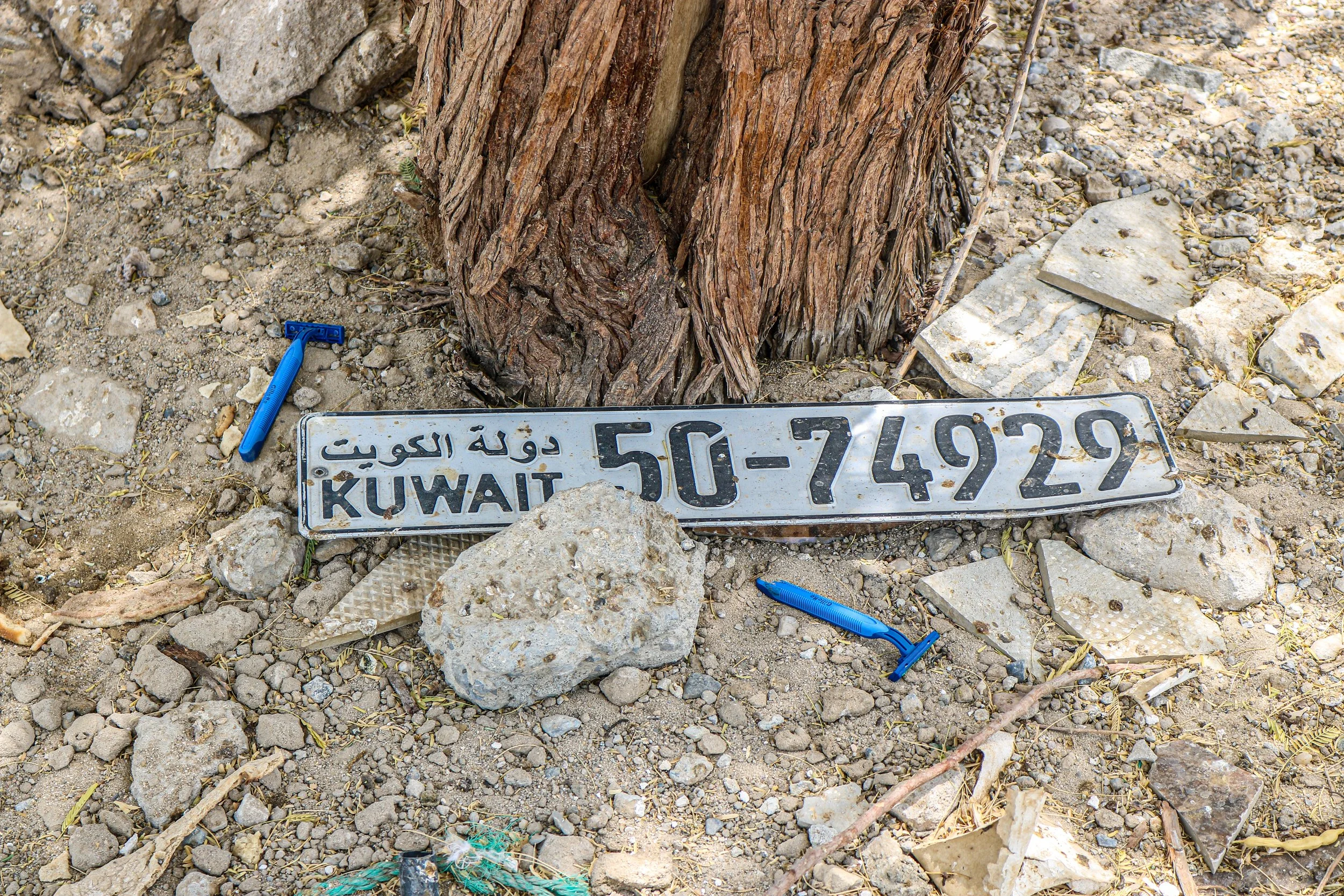
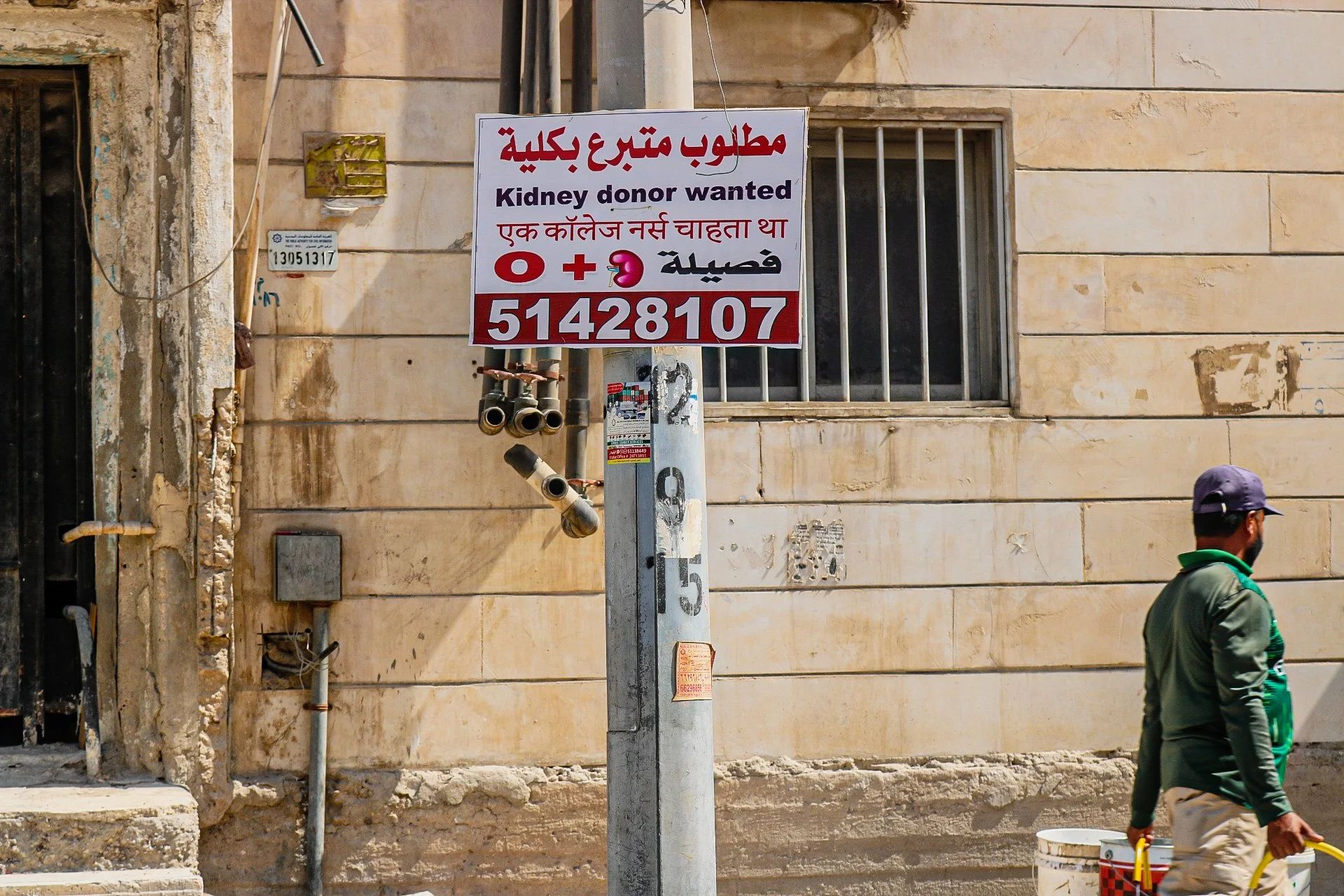
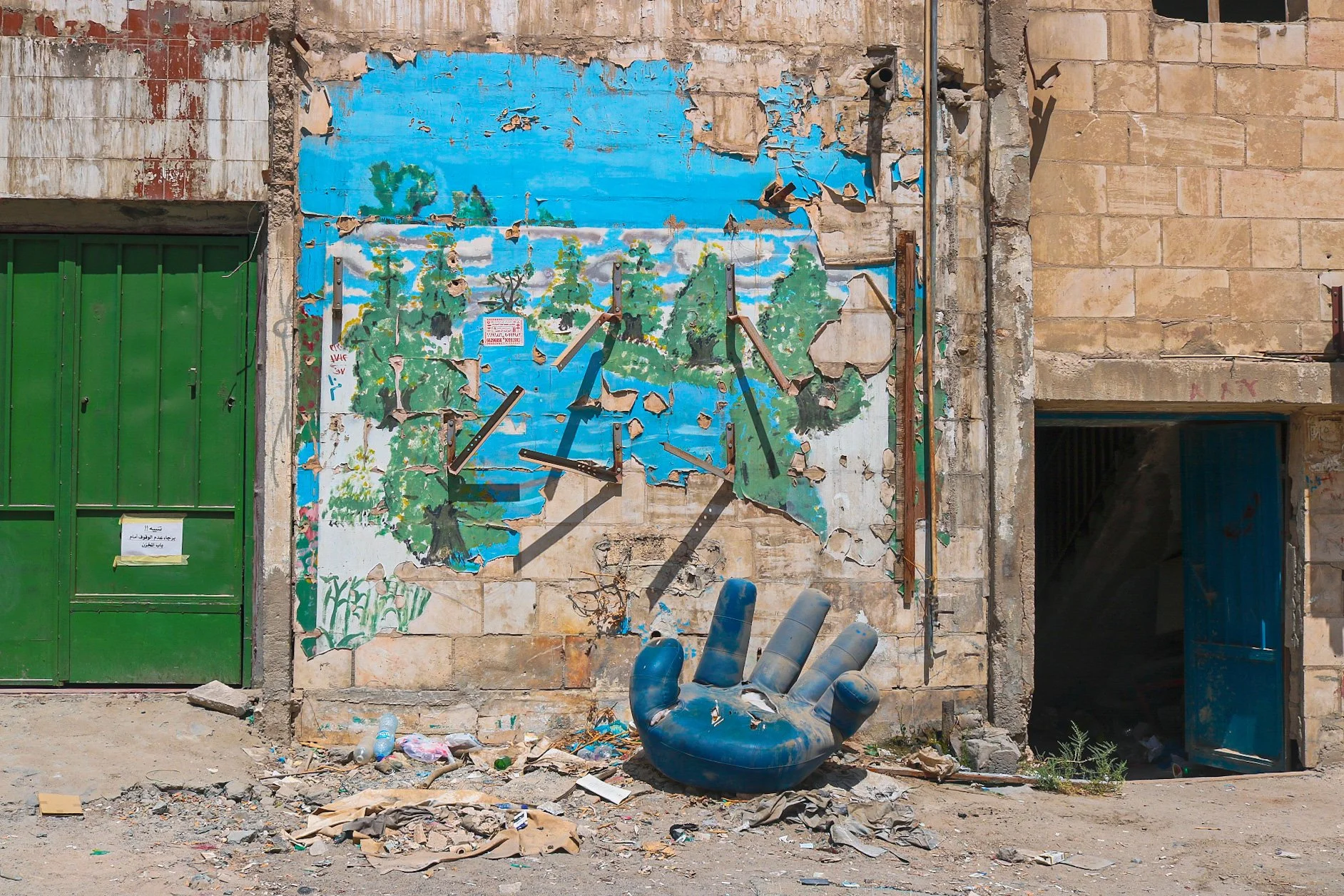
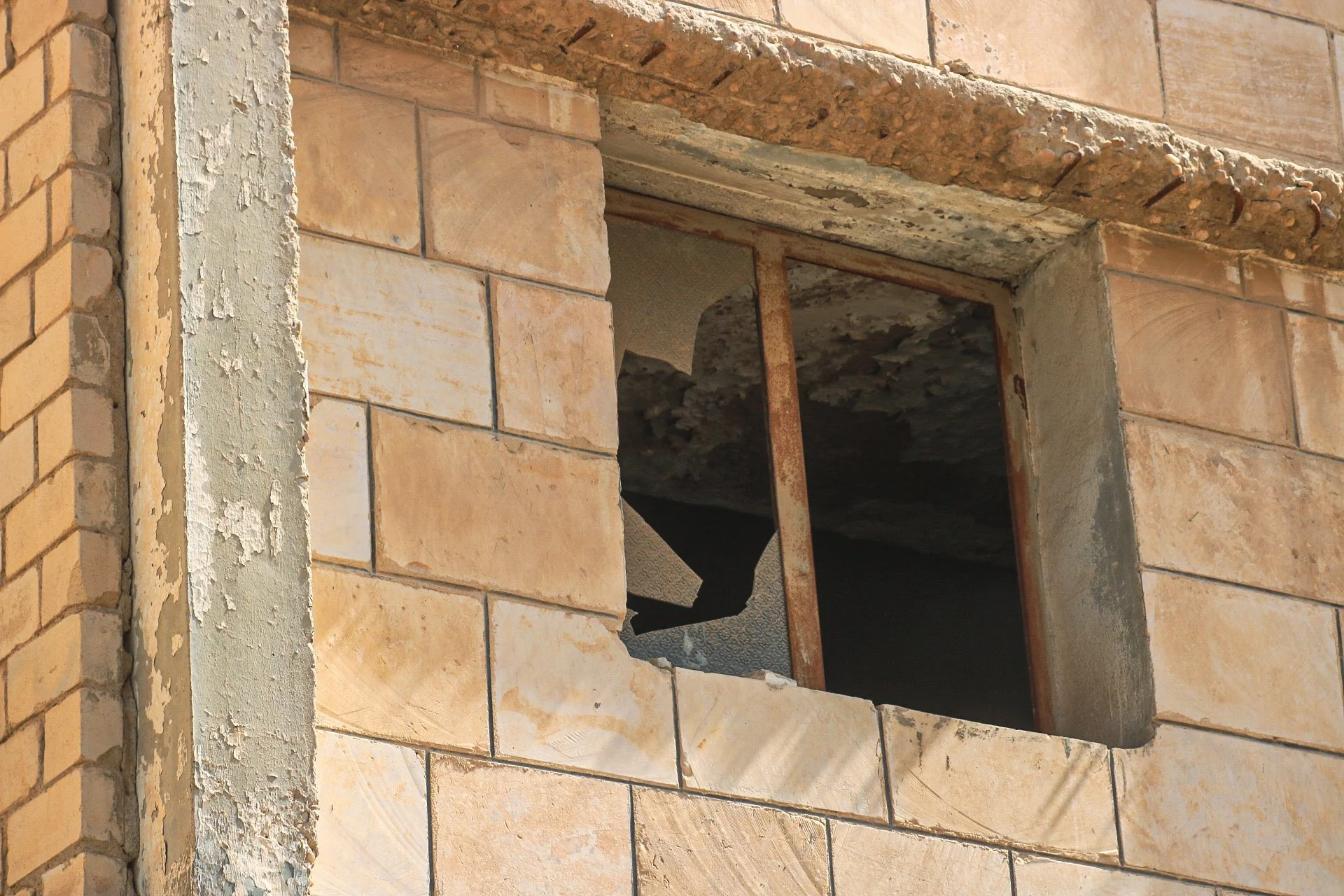
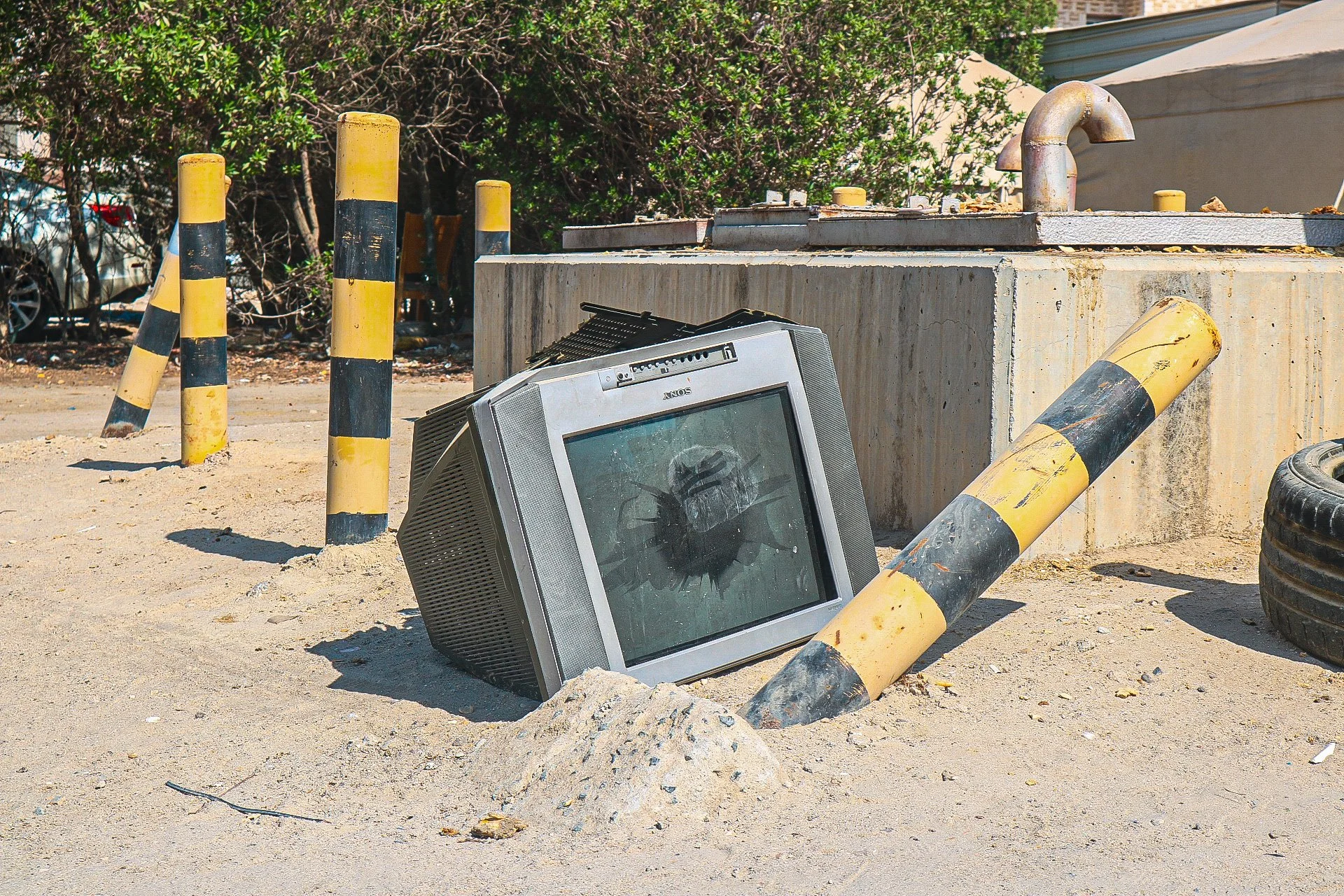
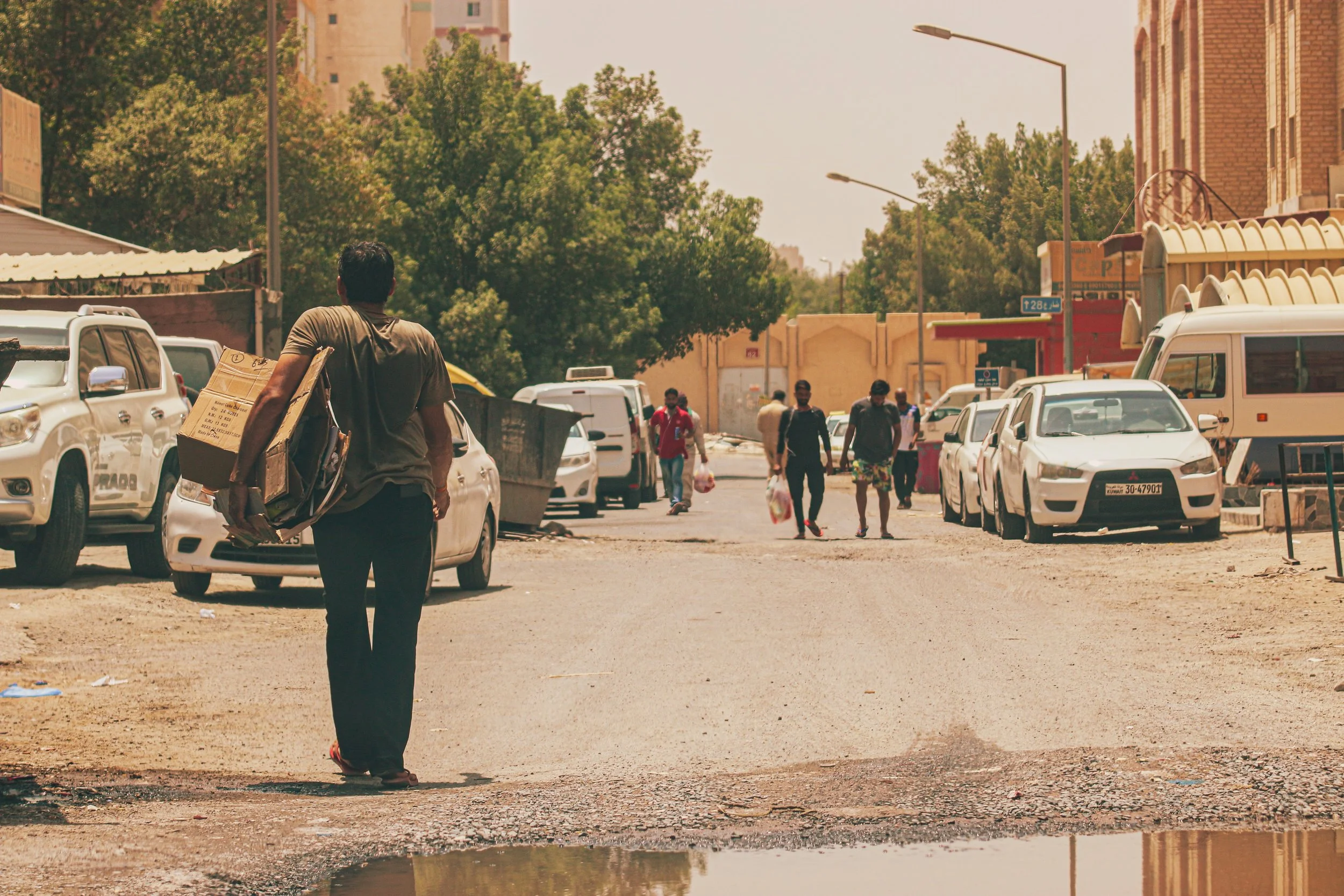
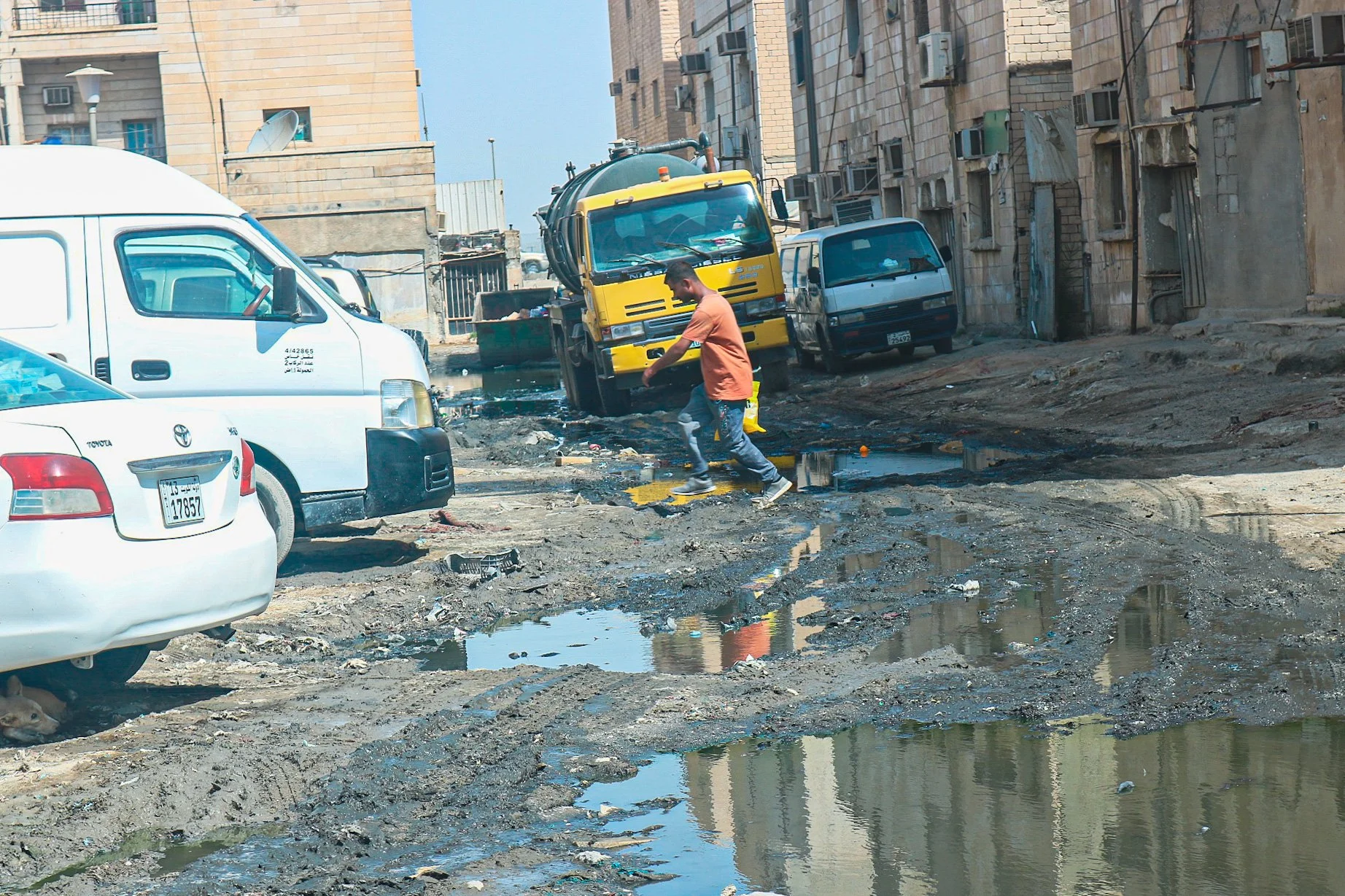

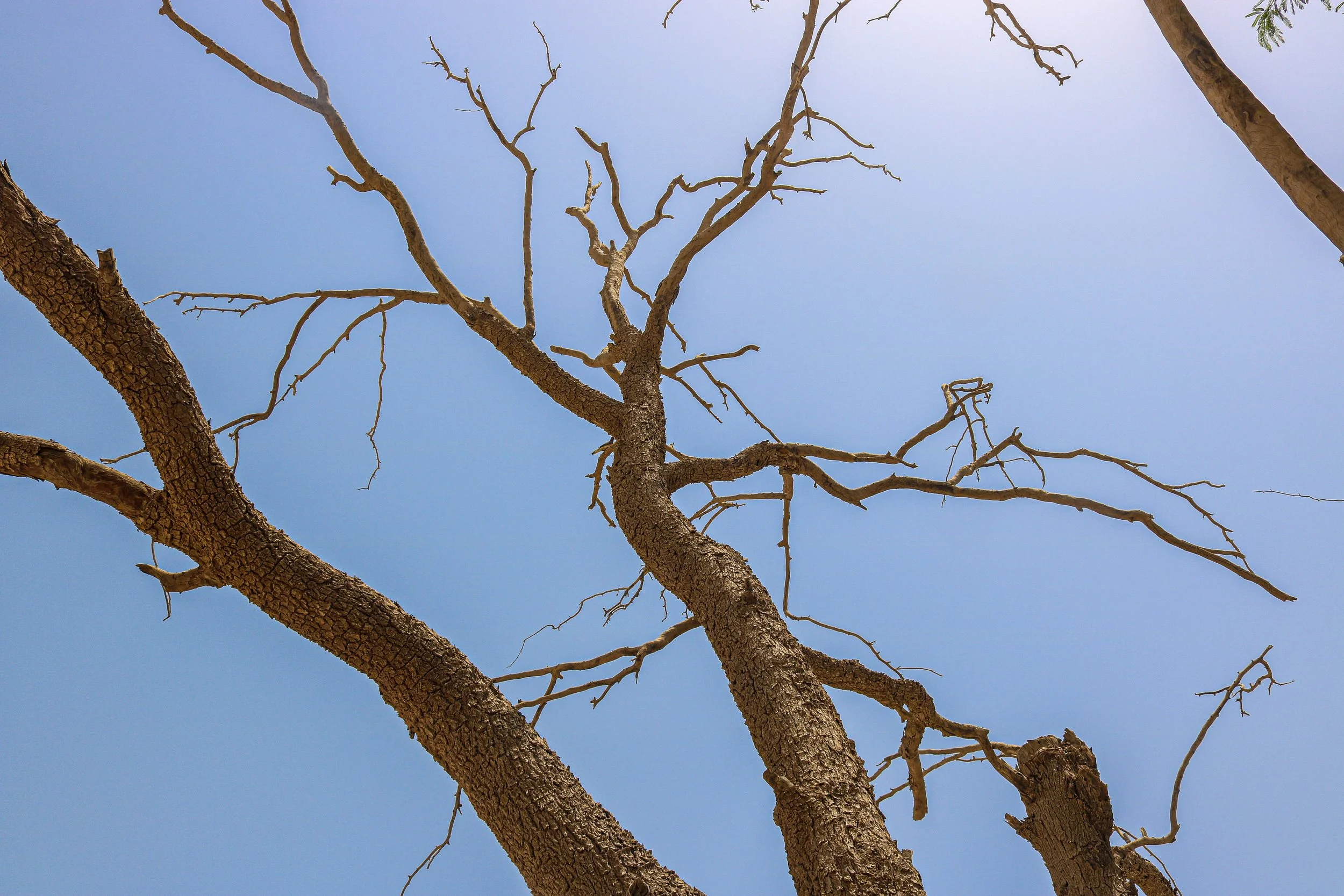
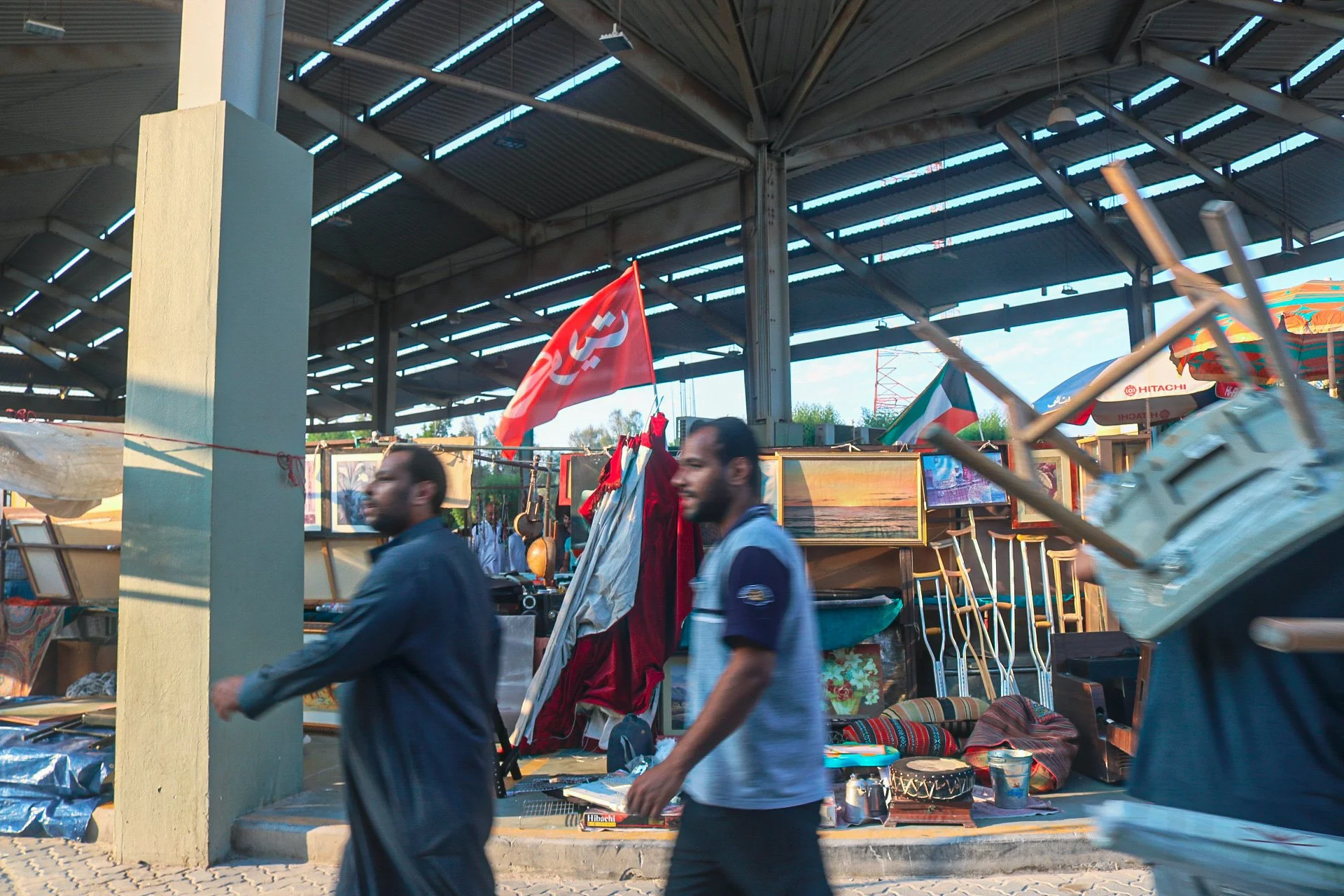
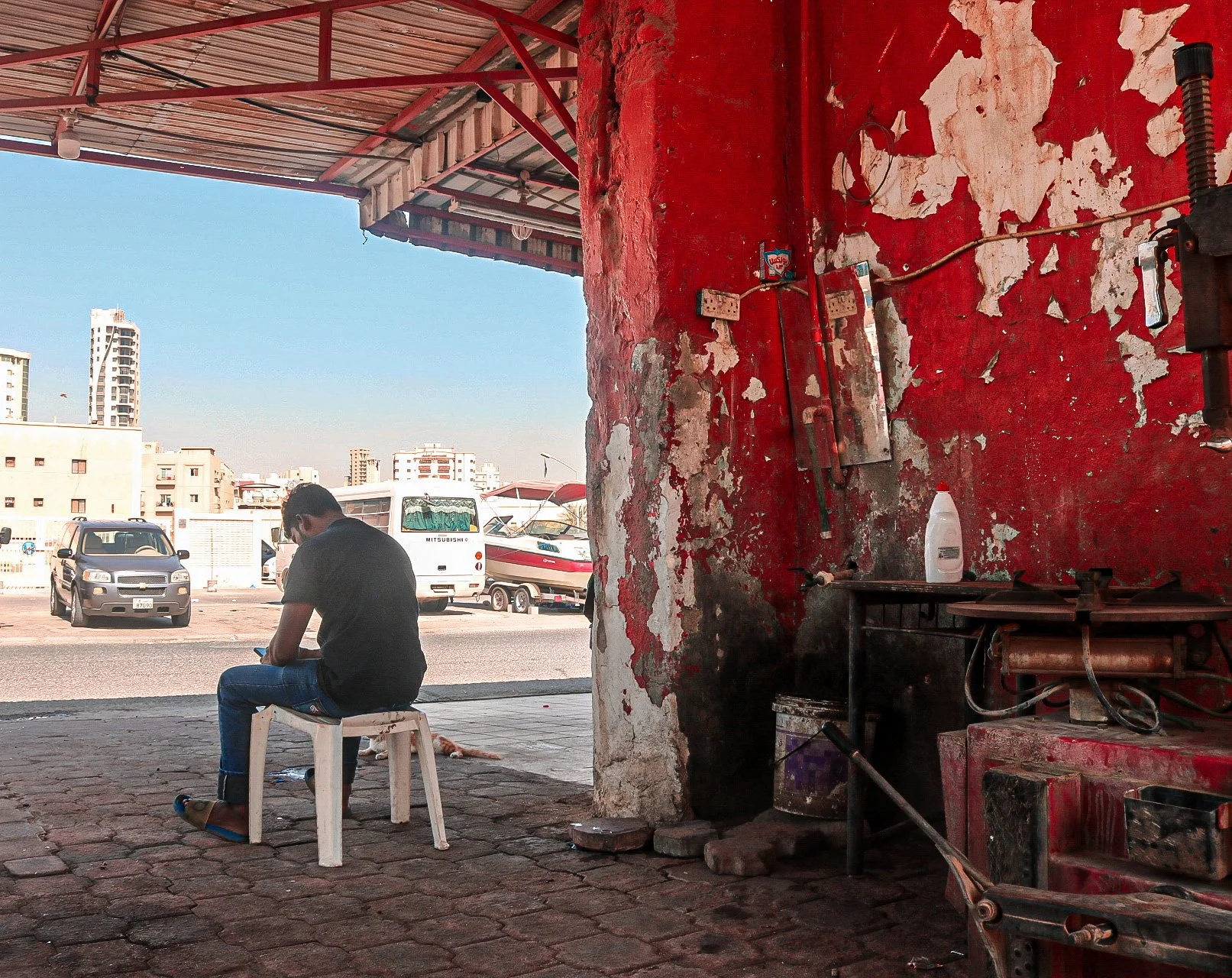

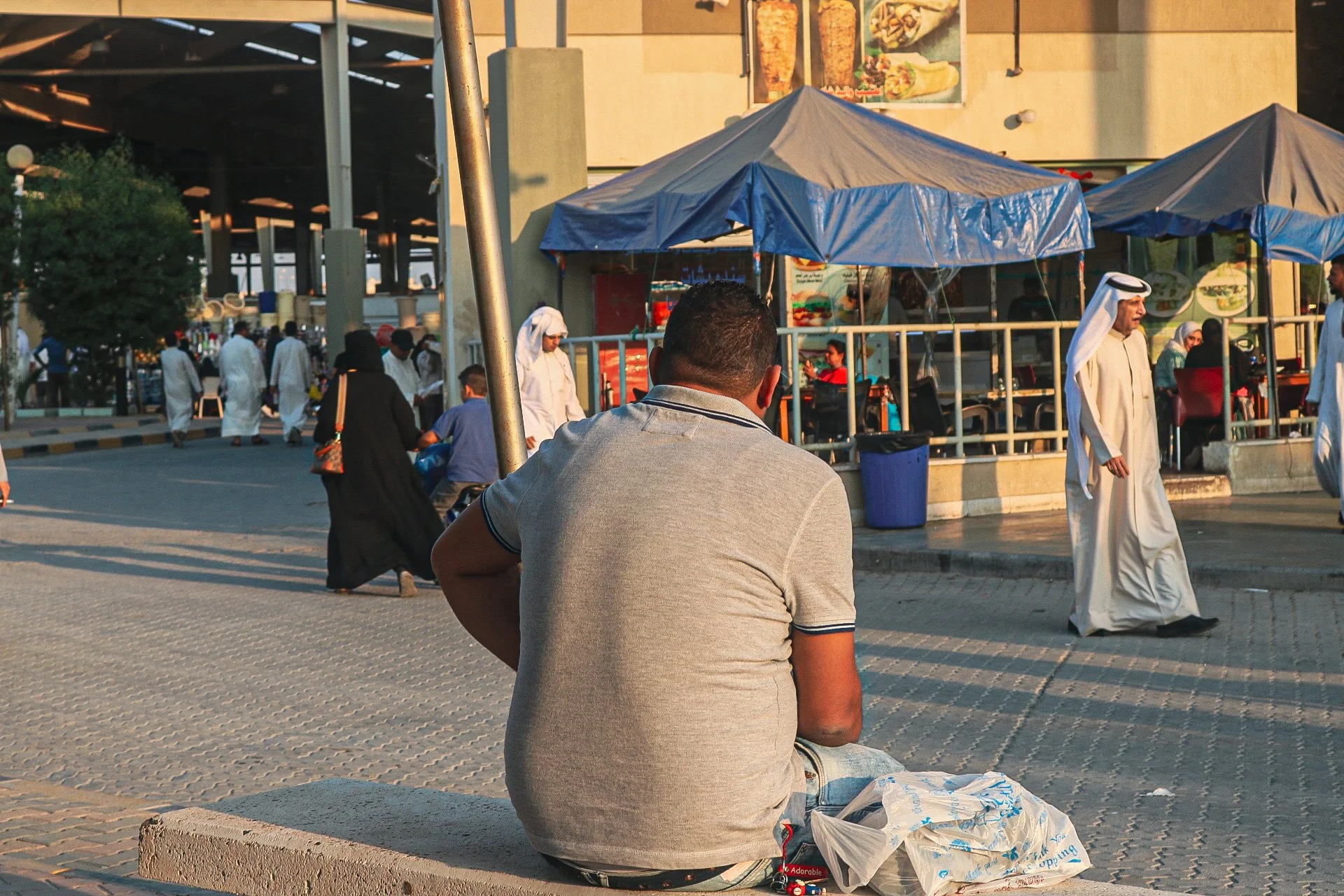

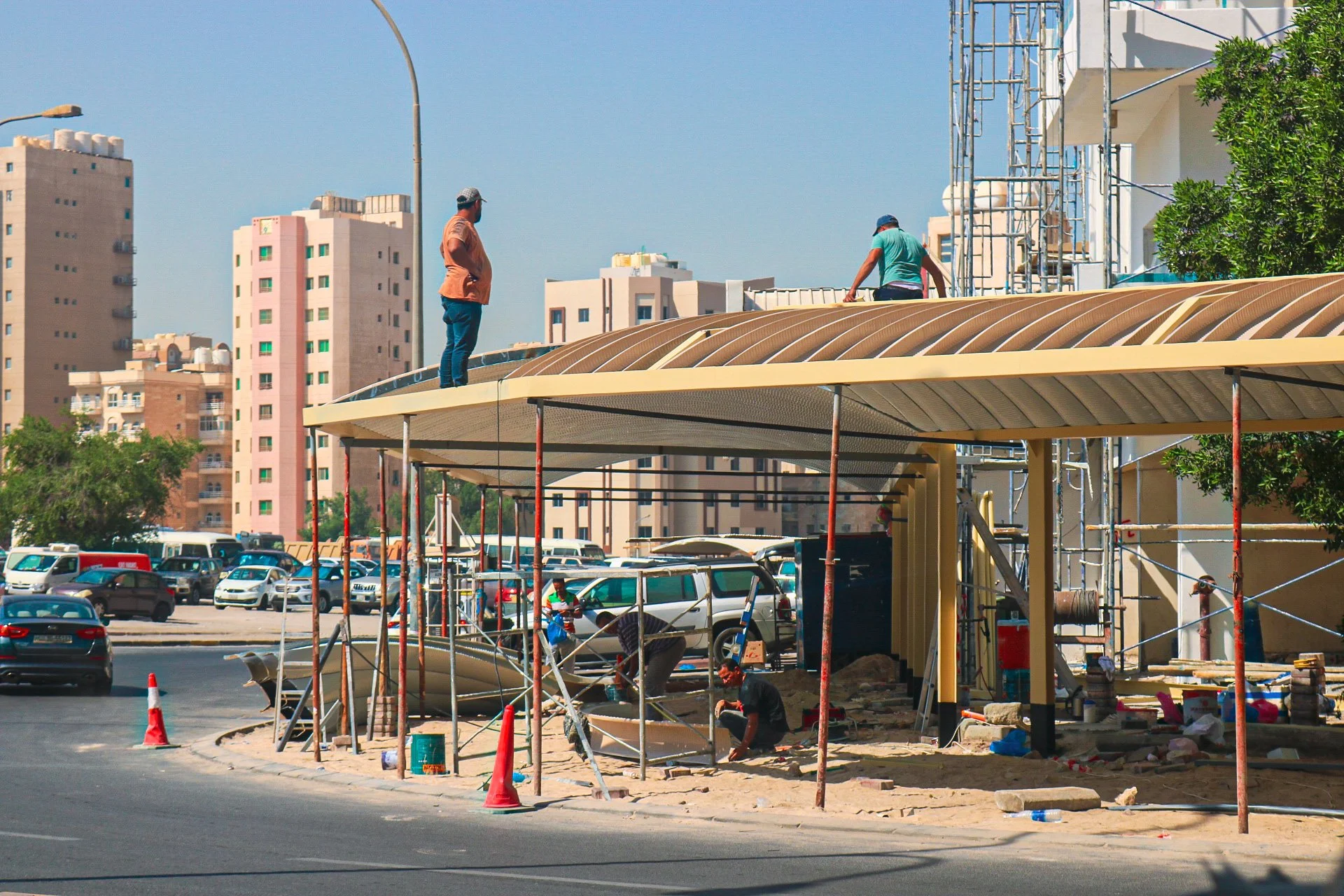
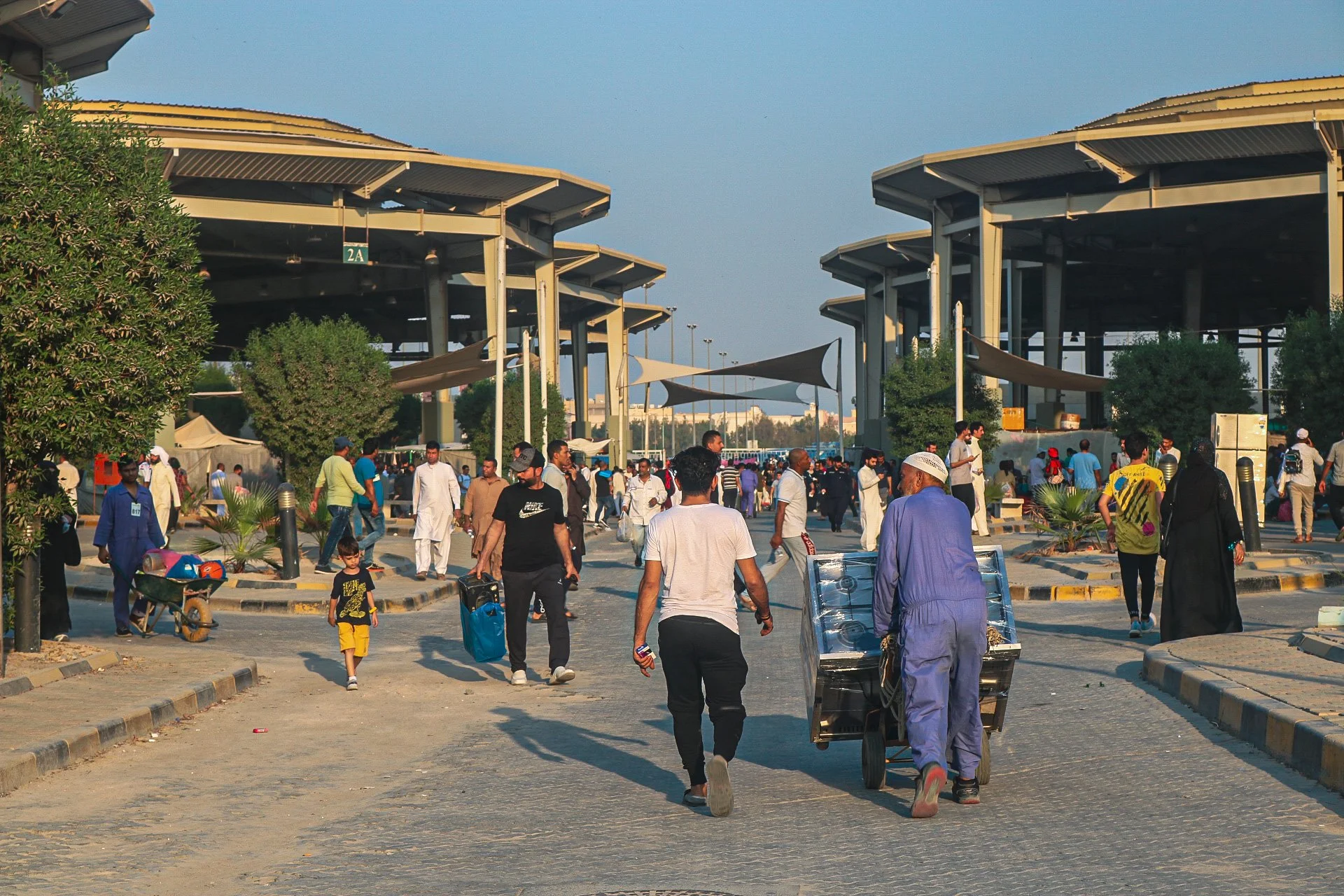
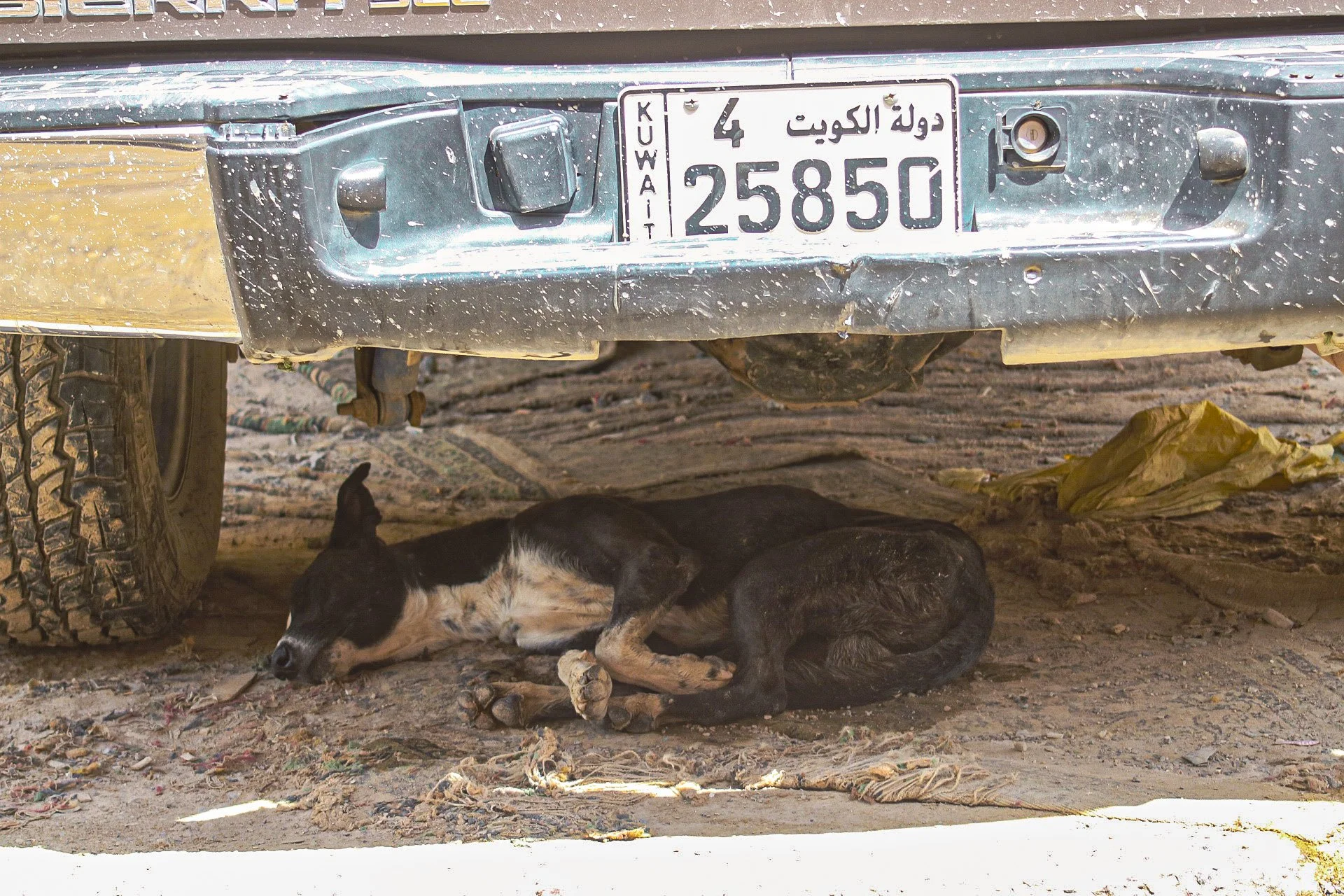

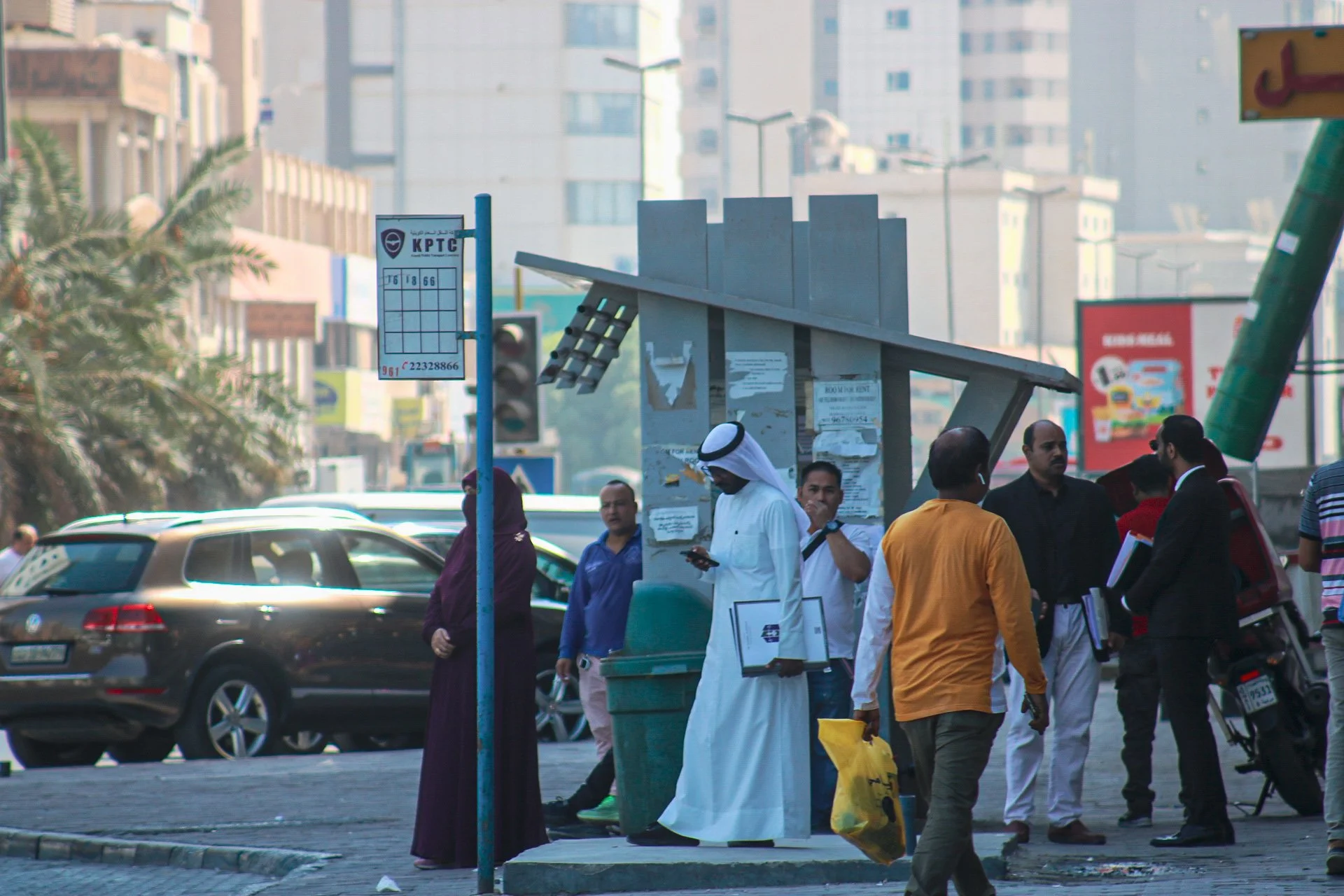
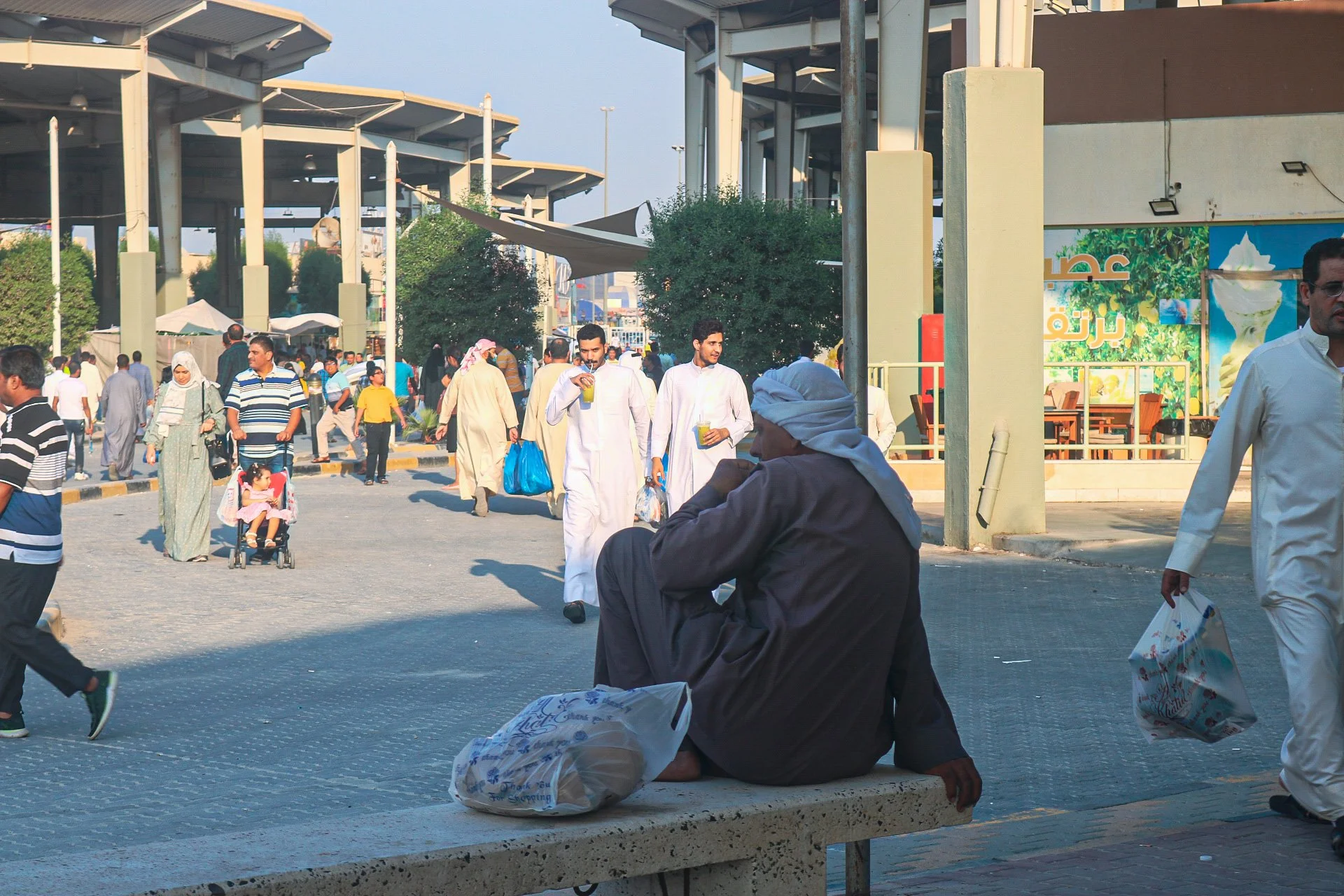


A Visual Essay by Marwa Shykhon